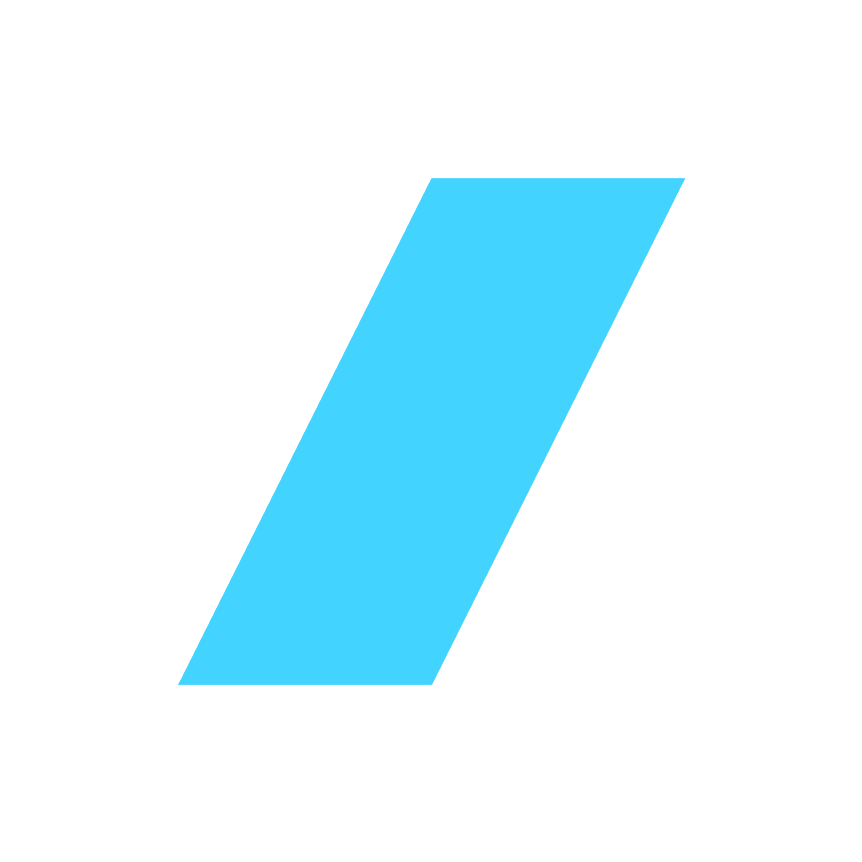inbound
Travelling towards a particular place, especially when returning to the original point of departureGaleria Pelaires, Mallorca, Spain
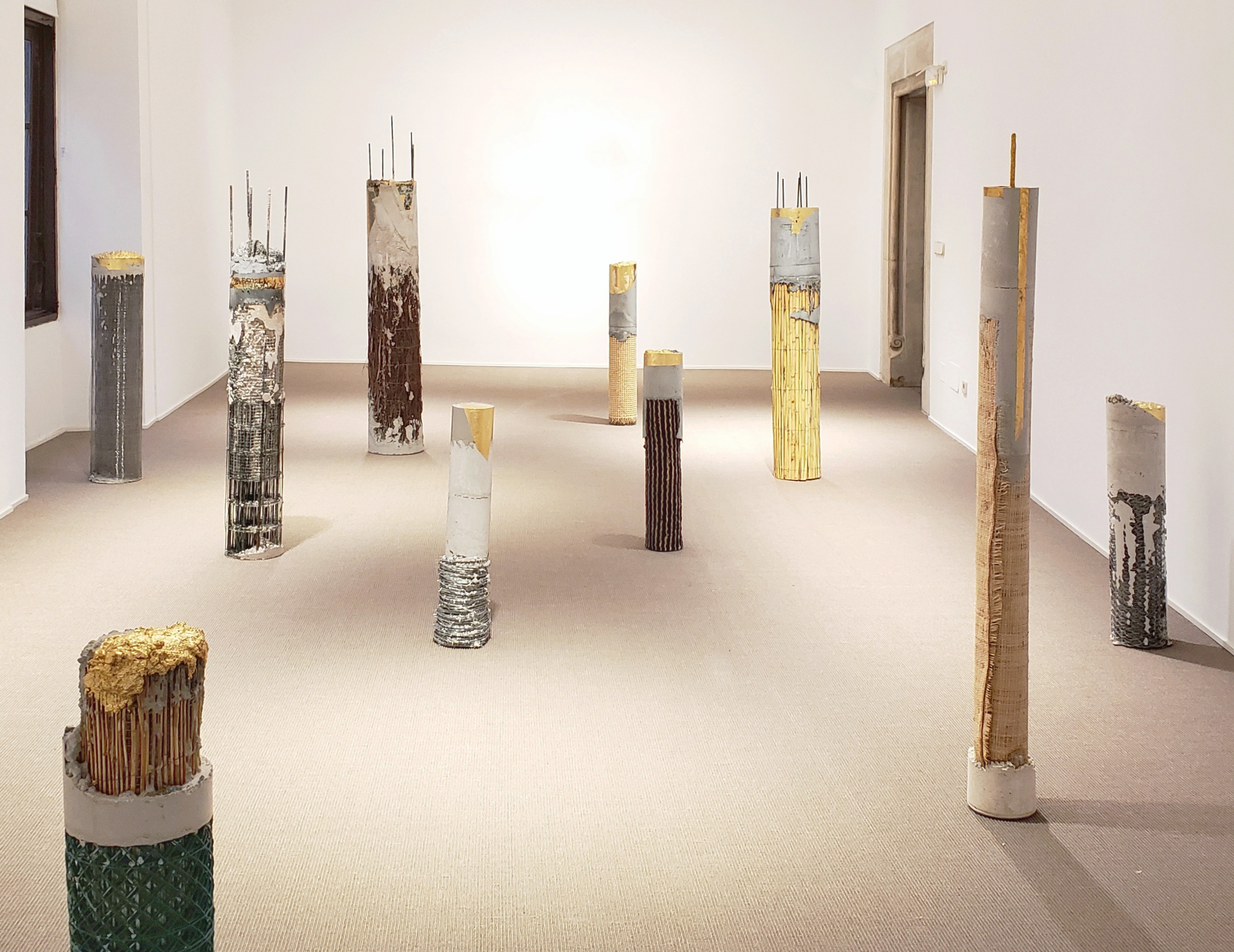
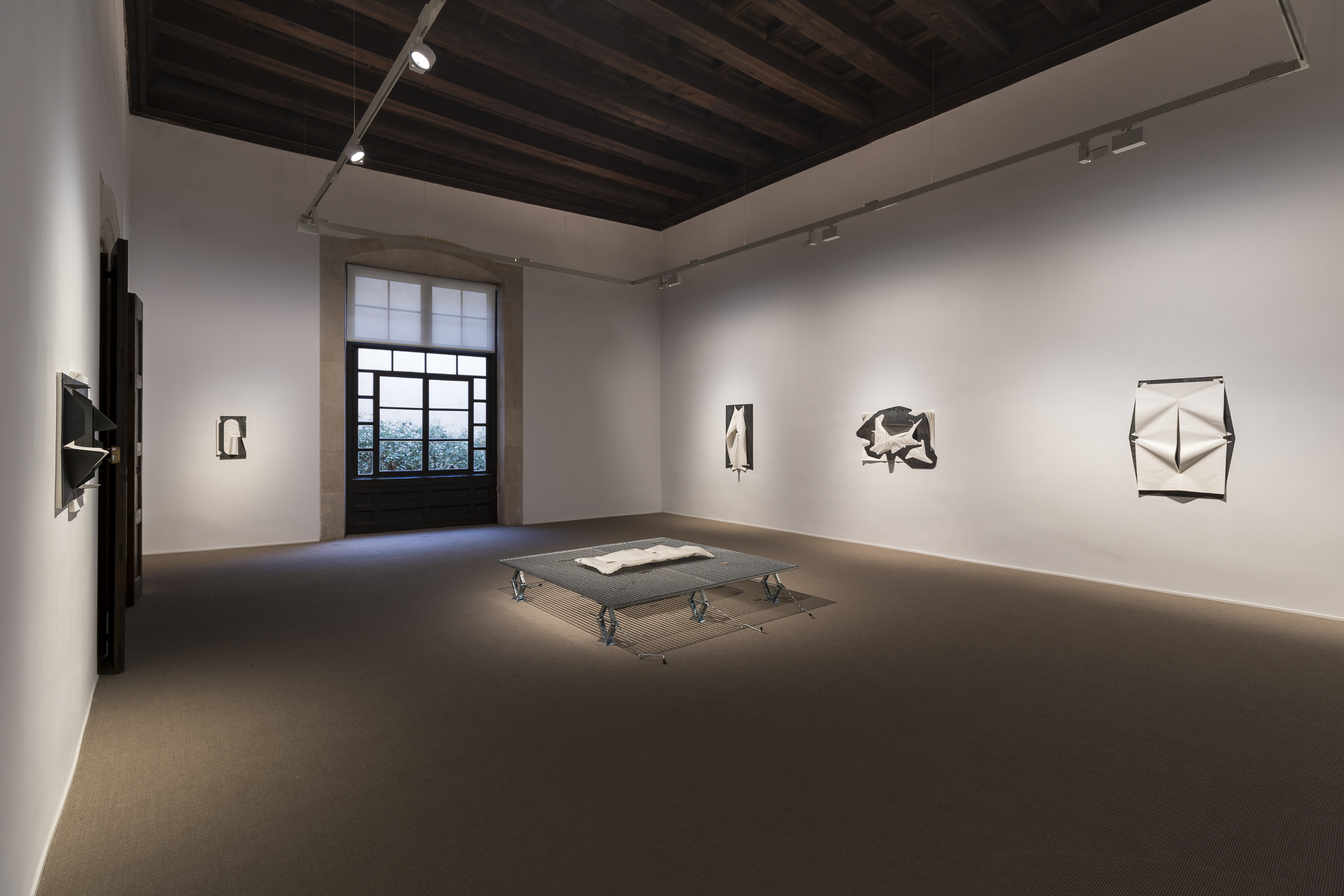
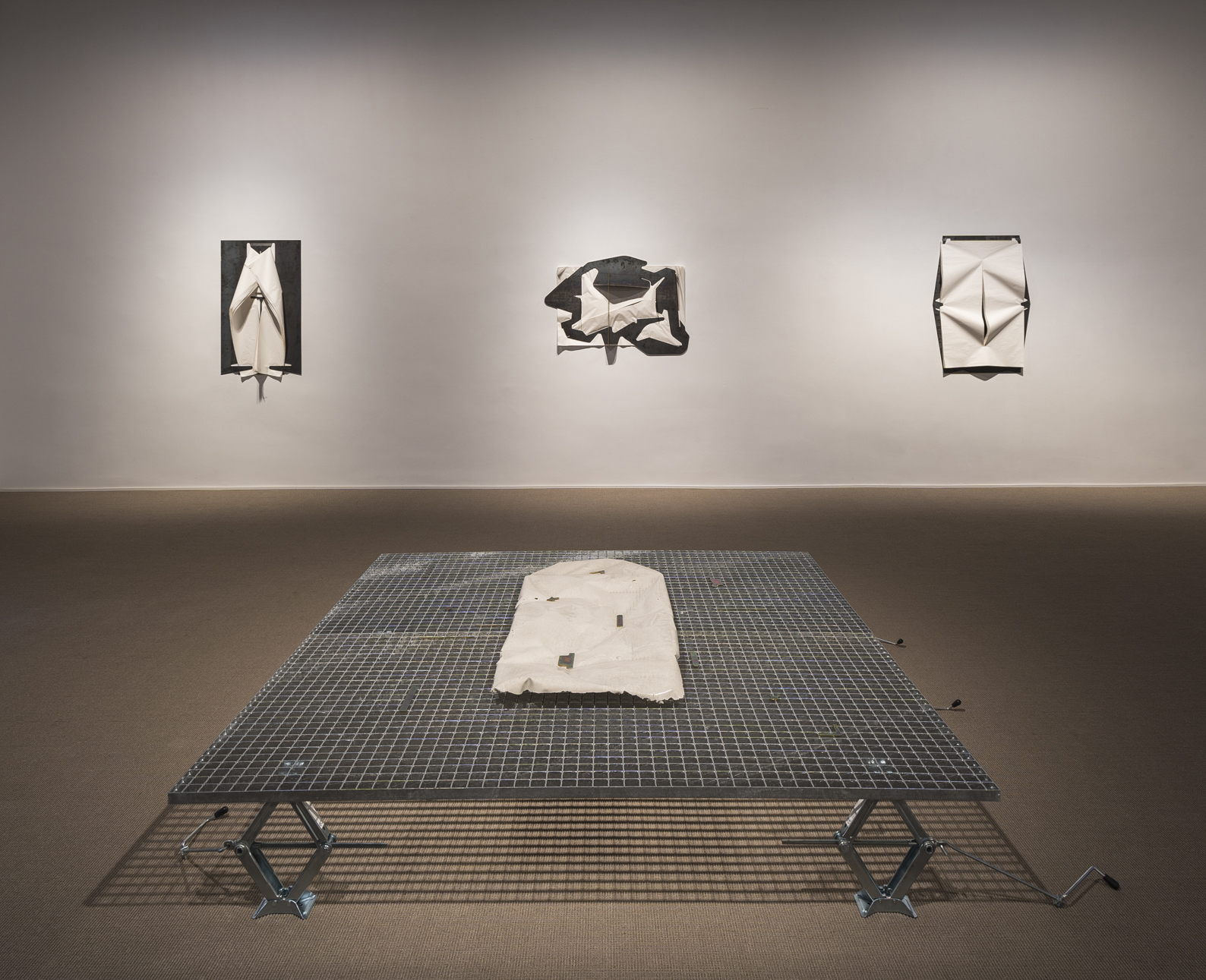

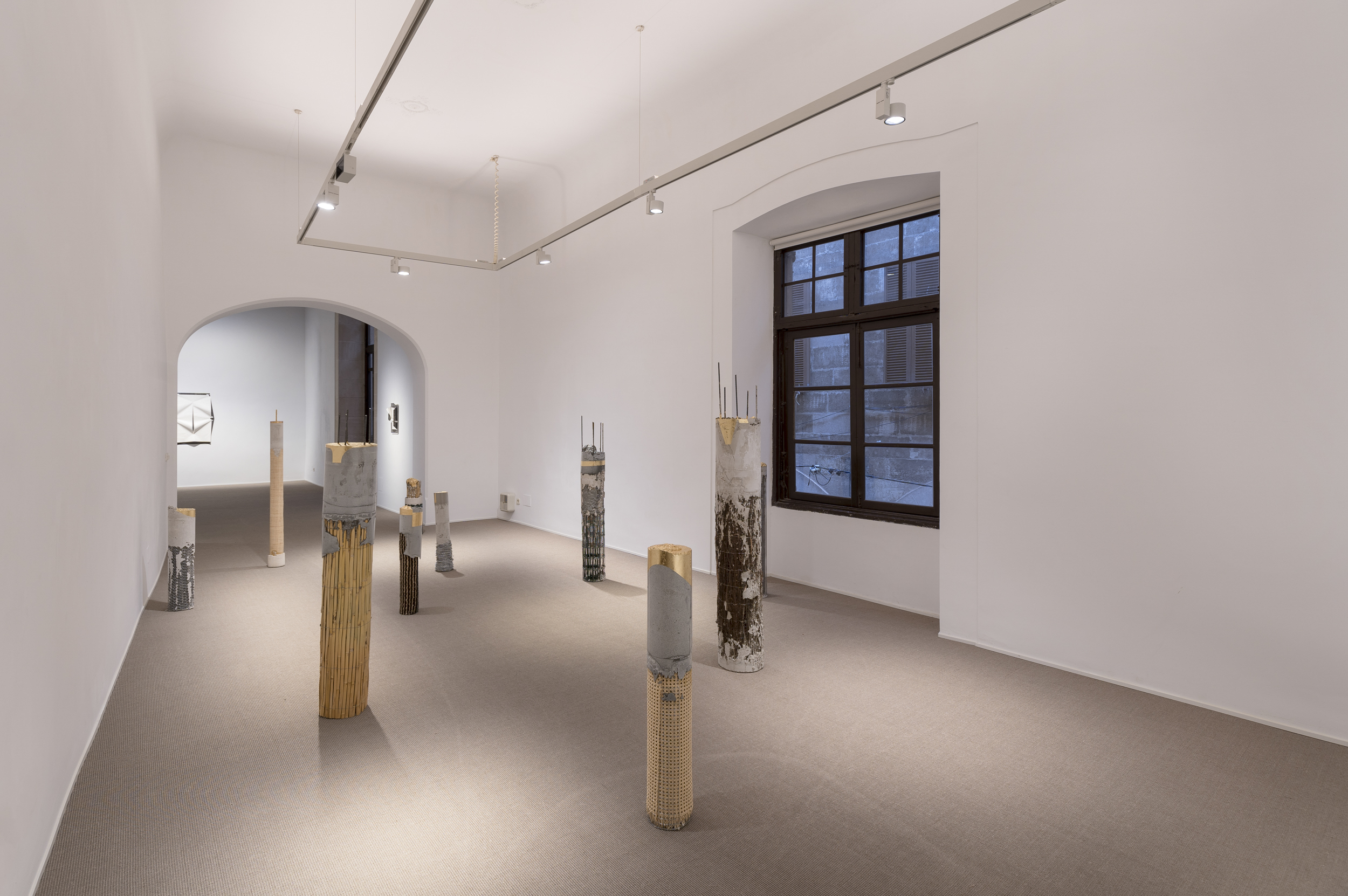
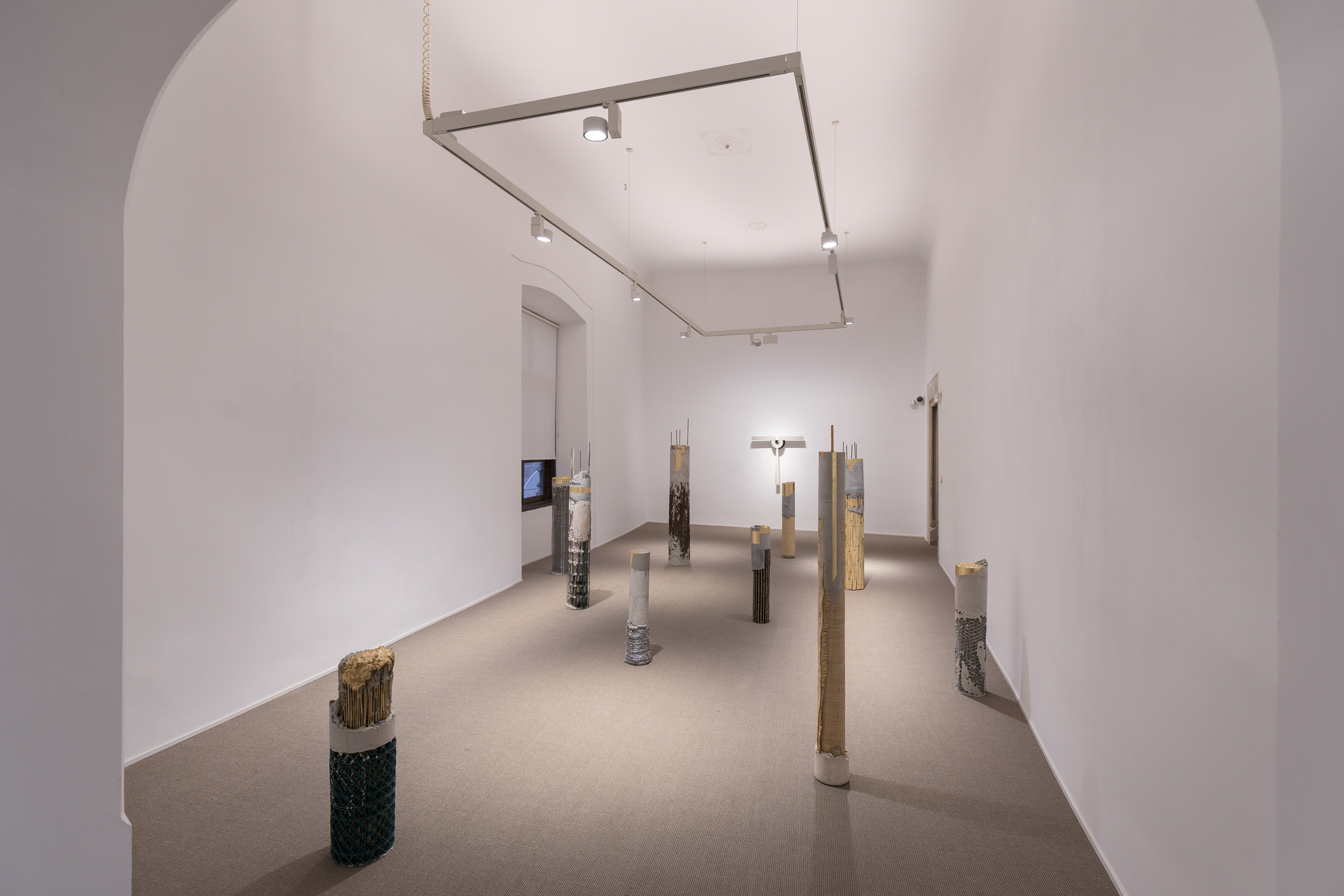
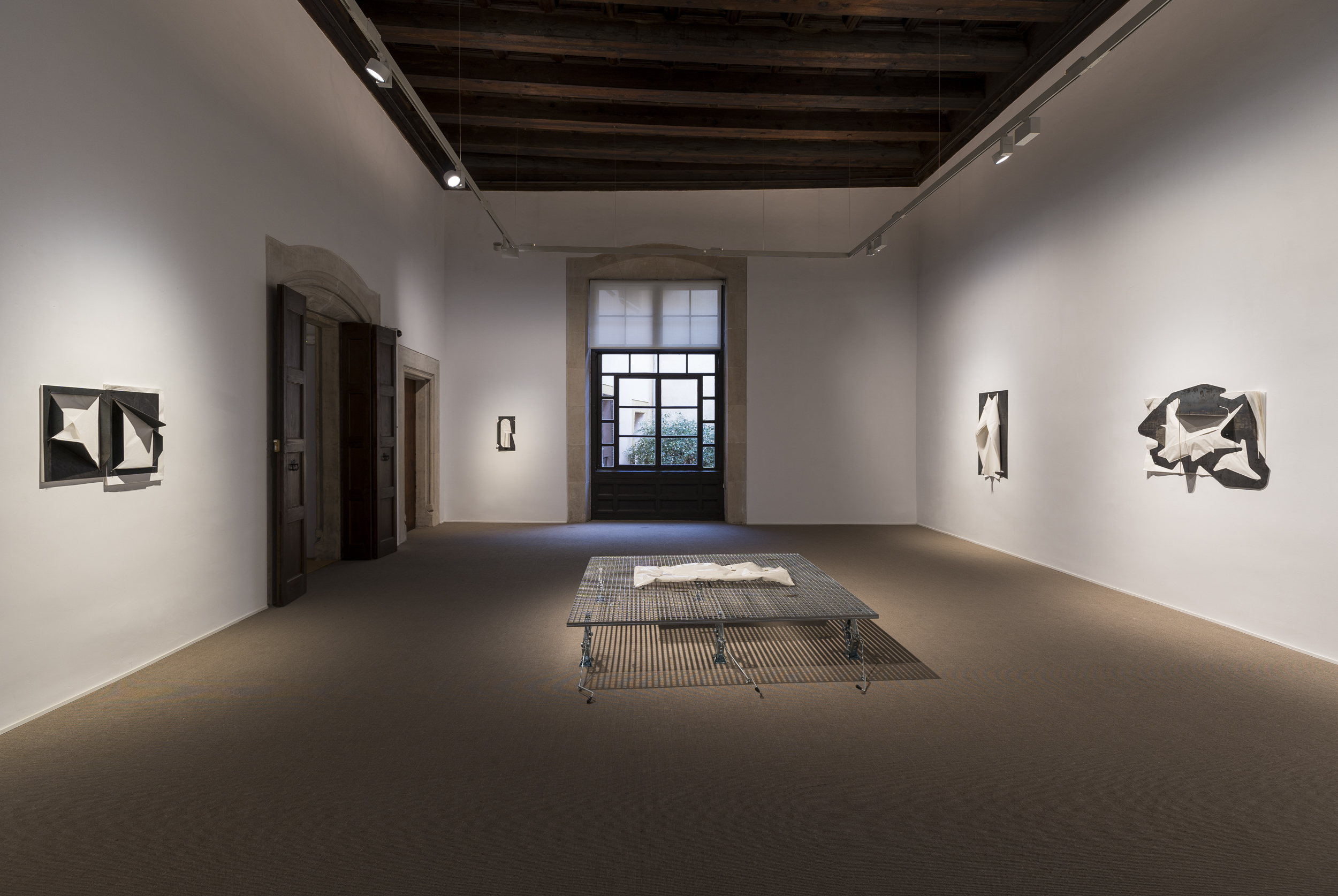
images of the exhibition, Galeria Pelaires, Mallorca - Spain, 2019
(Portuguese text below)
The built environment is one thing, how people dwell in it, another 1. In Building and Dwelling: Ethics for the City, Richard Sennet, as already started in fundamental works such as Flesh and Stone (1997), keeps investigating how the body interacts with the city by focusing on those matters that concerns it for being a fundamental basis for the development of modernity and all circumstances defining the present as well as socioeconomic constraints in a post-capitalist society. In 2007, Mark Fisher wrote My defences/become fences 2 about the resentment in one of his last texts on pre-Brexit Britain. In 1974, Clarice Lispector wrote that there will be no room for people 3, referring to the city of Brasilia. Two different contexts. More than four decades apart. The same issues. To build and to live, or how to interact with the city and ourselves in an overly complex environment.
“Inbound. Travelling towards a particular place, especially when returning to the original point of departure”4 is a body of work that Brazilian artist Lucas Simões has created specifically for Pelaires Gallery. He examines the issues related to the ways and manners we live on an island, a particular place, full of peculiarities, where the sea is the only boundary and frontier, the unforgiving horizon on which the city was designed, as Clarice Lispector wrote about Brasilia.
Drawing limits, delimiting spaces, living places, building experiences. While considering architects and town planners as the draftsmen of the future and the idea of drawing (design / intent) as what is yet to be built (destiny, lines, trace), Lucas Simões’ work keeps exploring what was once described as the affective nature of form by Brazilian art critic Mário Pedrosa, one of the main instigators of modern art in Brazil. As part of that genealogy, associated with some of the most relevant Brazilian modern artists, Simões’ work, as already seen in projects such as Ressaca (2018), tackles poetically, yet critically, some of the ideas of development the wel(un)fare society has led us to, notions that lay on the edges and boundaries of our own cities.
Inbound can comprehended as a counterpoint to that work. It is a site-specific installation, where a forest of columns and pillars built with enclosing and isolating features (such as fences, barriers, meshes) are mixed with concrete (cement) to create a new environment, a temporary experience, a topology that may not be described as a home. Mere transition. A space to go through. The idea that on the island everything grows, vibrates and fits 5, as Chillida wrote about sculptures.
This installation has led to other works such as Chão 2019 (ground, floor), a floor piece through which the artist deals with stratification, a firm surface on which life and experiences are shaped. Moving objects over permanent surfaces. What changes over what remains. The future over the past that still survives under our feet.
Paper, regarded as a fictitious place on which the future is shaped, and future constructions are drawn, reappears in Simões’ work. However, this time he does not set paper against concrete as he did in the past in projects such as Abismos. This time, he uses other materials to build his relevos dissecados, 2019 (dissected relieves), wall pieces with clear references to topography, erosion, gullies and once again to the boundaries dividing what once belonged to all humankind.
Inbound. Paper as the place where the drawing is traced, the plan, the design, the fold. Inbound. Concrete as the built reality of what before was only a possibility. Inbound. The possibility of an island. The possibility of a city. As Sennet writes, the possibility of how we would like to live together. Emergency facing the isolation of a new collectivity.
1- Sennett, Richard; "Building and Dwelling: Ethics for the City" Farrar, Straus and Giroux, 2018 2- Fisher, Mark; “Ghosts of My Life: Writings on Depression, Hauntology and Lost Futures” ; Zero Books, 20143- Lispector, Clarice; “Complete Stories”; New Directions, 2018 4- Oxford Dictionary of English; p882 - 3rd Edition, 2010 - Oxford University Pres 5- Rocafort, Nacho Fernández; “Eduardo Chillida, Escritos”; La Fábrica, 2019
The built environment is one thing, how people dwell in it, another 1. In Building and Dwelling: Ethics for the City, Richard Sennet, as already started in fundamental works such as Flesh and Stone (1997), keeps investigating how the body interacts with the city by focusing on those matters that concerns it for being a fundamental basis for the development of modernity and all circumstances defining the present as well as socioeconomic constraints in a post-capitalist society. In 2007, Mark Fisher wrote My defences/become fences 2 about the resentment in one of his last texts on pre-Brexit Britain. In 1974, Clarice Lispector wrote that there will be no room for people 3, referring to the city of Brasilia. Two different contexts. More than four decades apart. The same issues. To build and to live, or how to interact with the city and ourselves in an overly complex environment.
“Inbound. Travelling towards a particular place, especially when returning to the original point of departure”4 is a body of work that Brazilian artist Lucas Simões has created specifically for Pelaires Gallery. He examines the issues related to the ways and manners we live on an island, a particular place, full of peculiarities, where the sea is the only boundary and frontier, the unforgiving horizon on which the city was designed, as Clarice Lispector wrote about Brasilia.
Drawing limits, delimiting spaces, living places, building experiences. While considering architects and town planners as the draftsmen of the future and the idea of drawing (design / intent) as what is yet to be built (destiny, lines, trace), Lucas Simões’ work keeps exploring what was once described as the affective nature of form by Brazilian art critic Mário Pedrosa, one of the main instigators of modern art in Brazil. As part of that genealogy, associated with some of the most relevant Brazilian modern artists, Simões’ work, as already seen in projects such as Ressaca (2018), tackles poetically, yet critically, some of the ideas of development the wel(un)fare society has led us to, notions that lay on the edges and boundaries of our own cities.
Inbound can comprehended as a counterpoint to that work. It is a site-specific installation, where a forest of columns and pillars built with enclosing and isolating features (such as fences, barriers, meshes) are mixed with concrete (cement) to create a new environment, a temporary experience, a topology that may not be described as a home. Mere transition. A space to go through. The idea that on the island everything grows, vibrates and fits 5, as Chillida wrote about sculptures.
This installation has led to other works such as Chão 2019 (ground, floor), a floor piece through which the artist deals with stratification, a firm surface on which life and experiences are shaped. Moving objects over permanent surfaces. What changes over what remains. The future over the past that still survives under our feet.
Paper, regarded as a fictitious place on which the future is shaped, and future constructions are drawn, reappears in Simões’ work. However, this time he does not set paper against concrete as he did in the past in projects such as Abismos. This time, he uses other materials to build his relevos dissecados, 2019 (dissected relieves), wall pieces with clear references to topography, erosion, gullies and once again to the boundaries dividing what once belonged to all humankind.
Inbound. Paper as the place where the drawing is traced, the plan, the design, the fold. Inbound. Concrete as the built reality of what before was only a possibility. Inbound. The possibility of an island. The possibility of a city. As Sennet writes, the possibility of how we would like to live together. Emergency facing the isolation of a new collectivity.
1- Sennett, Richard; "Building and Dwelling: Ethics for the City" Farrar, Straus and Giroux, 2018 2- Fisher, Mark; “Ghosts of My Life: Writings on Depression, Hauntology and Lost Futures” ; Zero Books, 20143- Lispector, Clarice; “Complete Stories”; New Directions, 2018 4- Oxford Dictionary of English; p882 - 3rd Edition, 2010 - Oxford University Pres 5- Rocafort, Nacho Fernández; “Eduardo Chillida, Escritos”; La Fábrica, 2019

INBOUND, 2019
10 colunas
tecnica mista
mixed media
dimensiones variable
variable dimensions
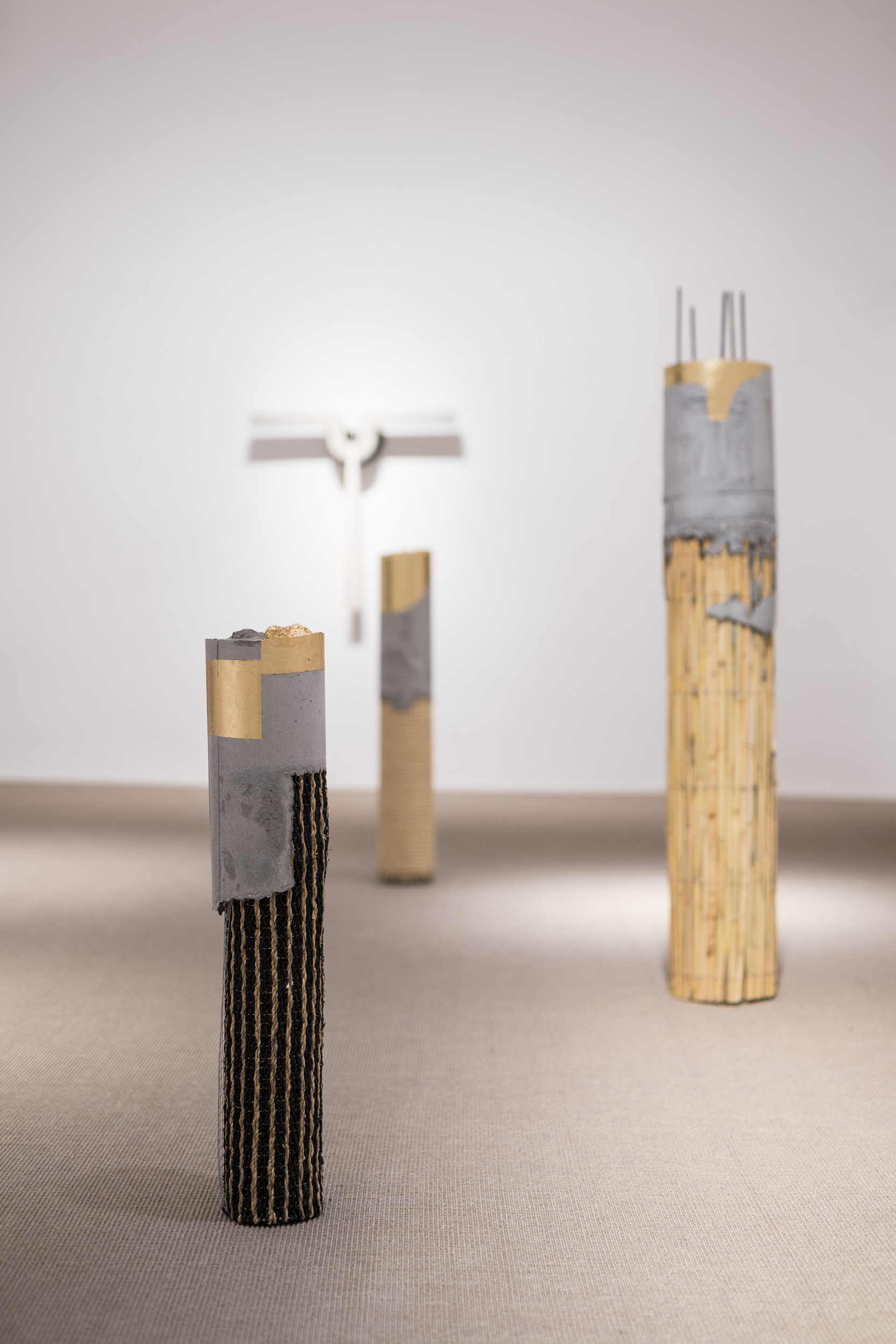
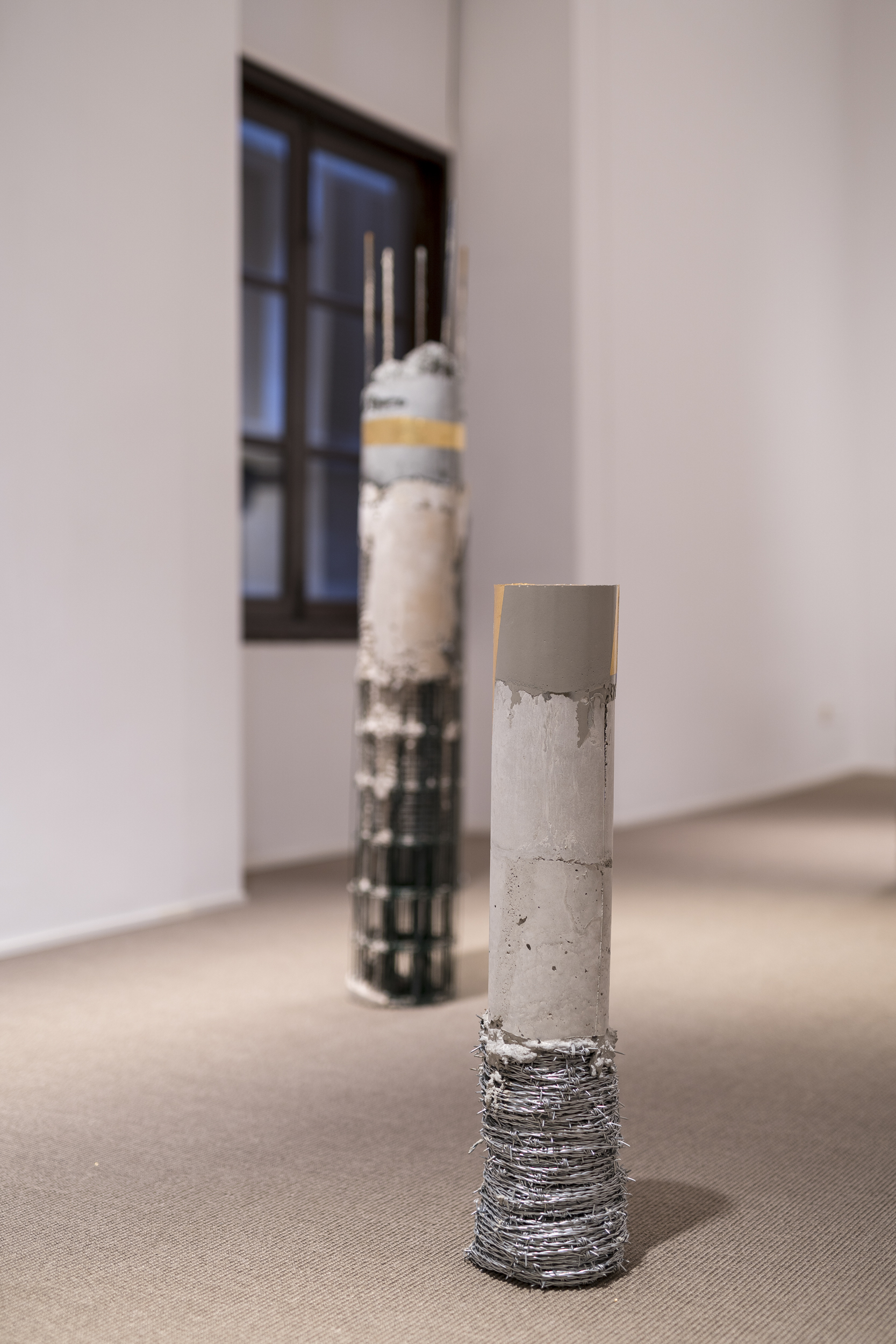
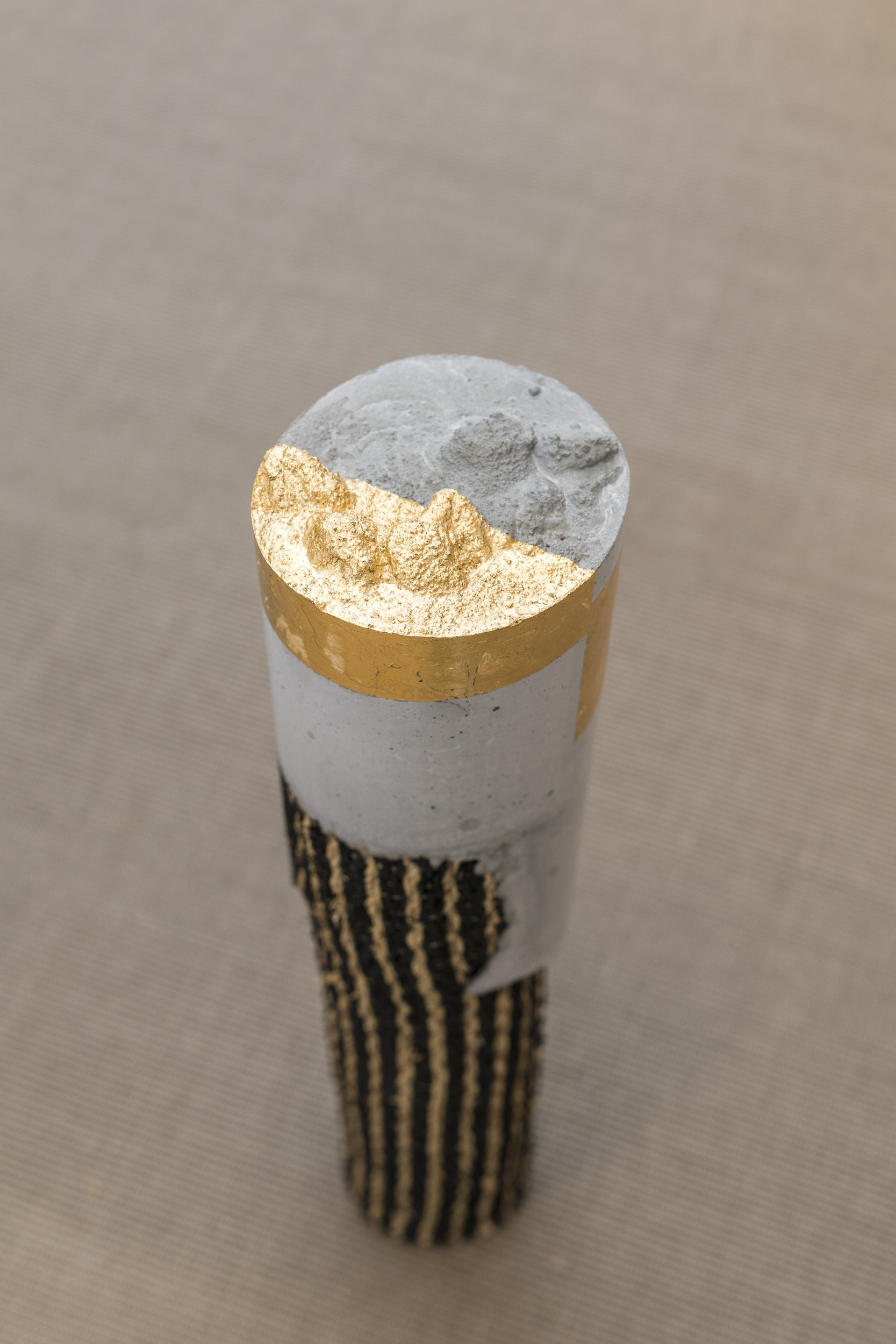
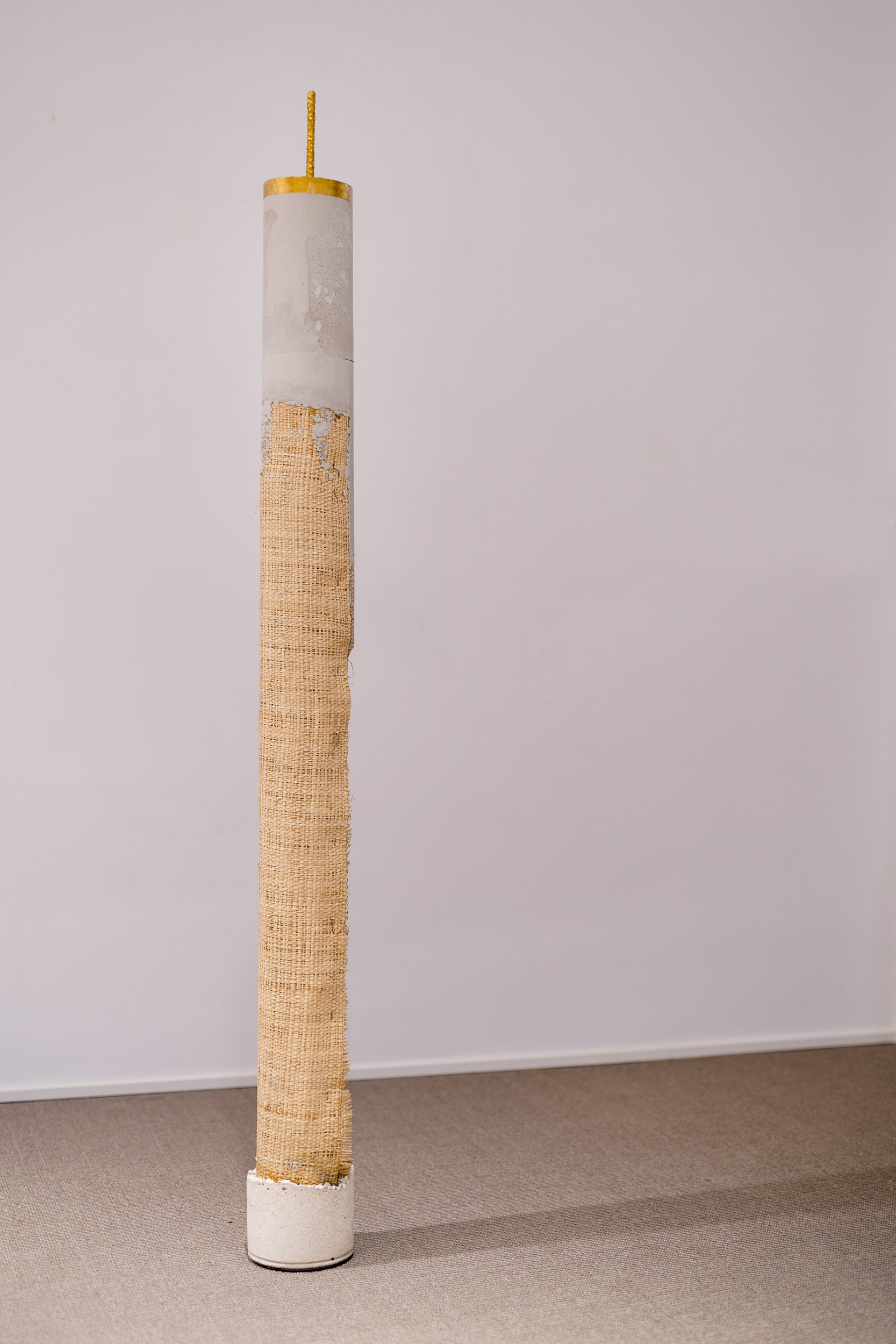
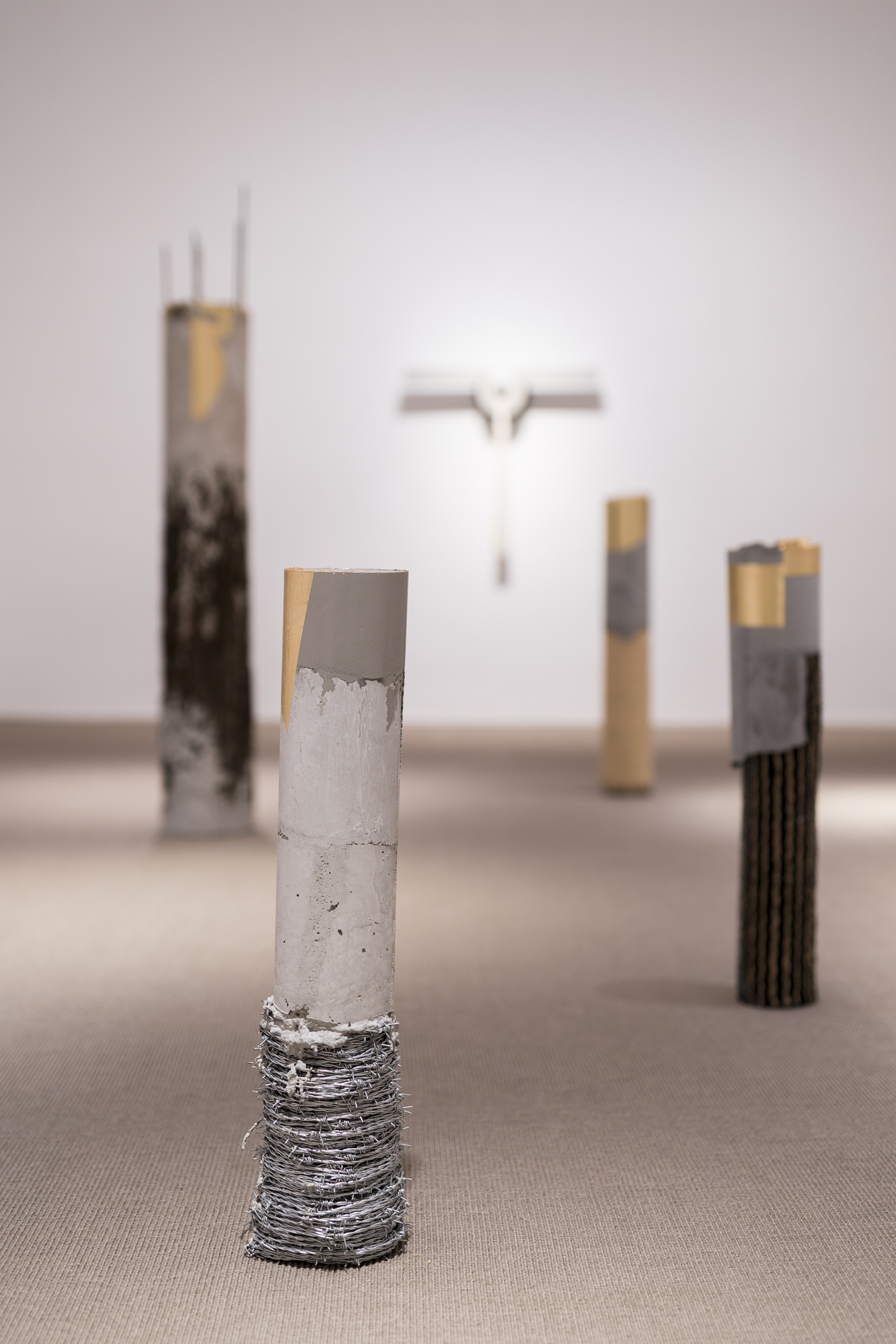
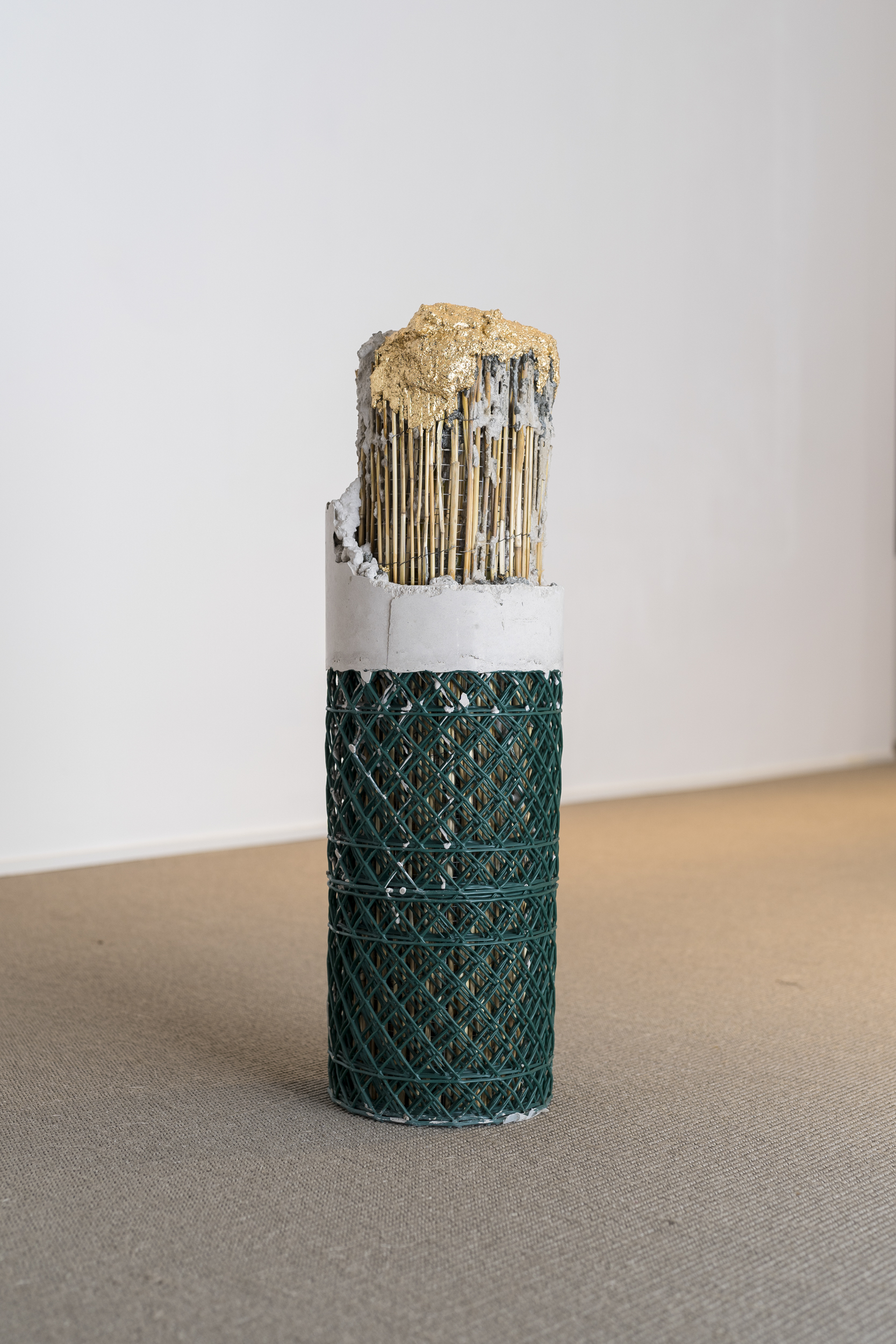
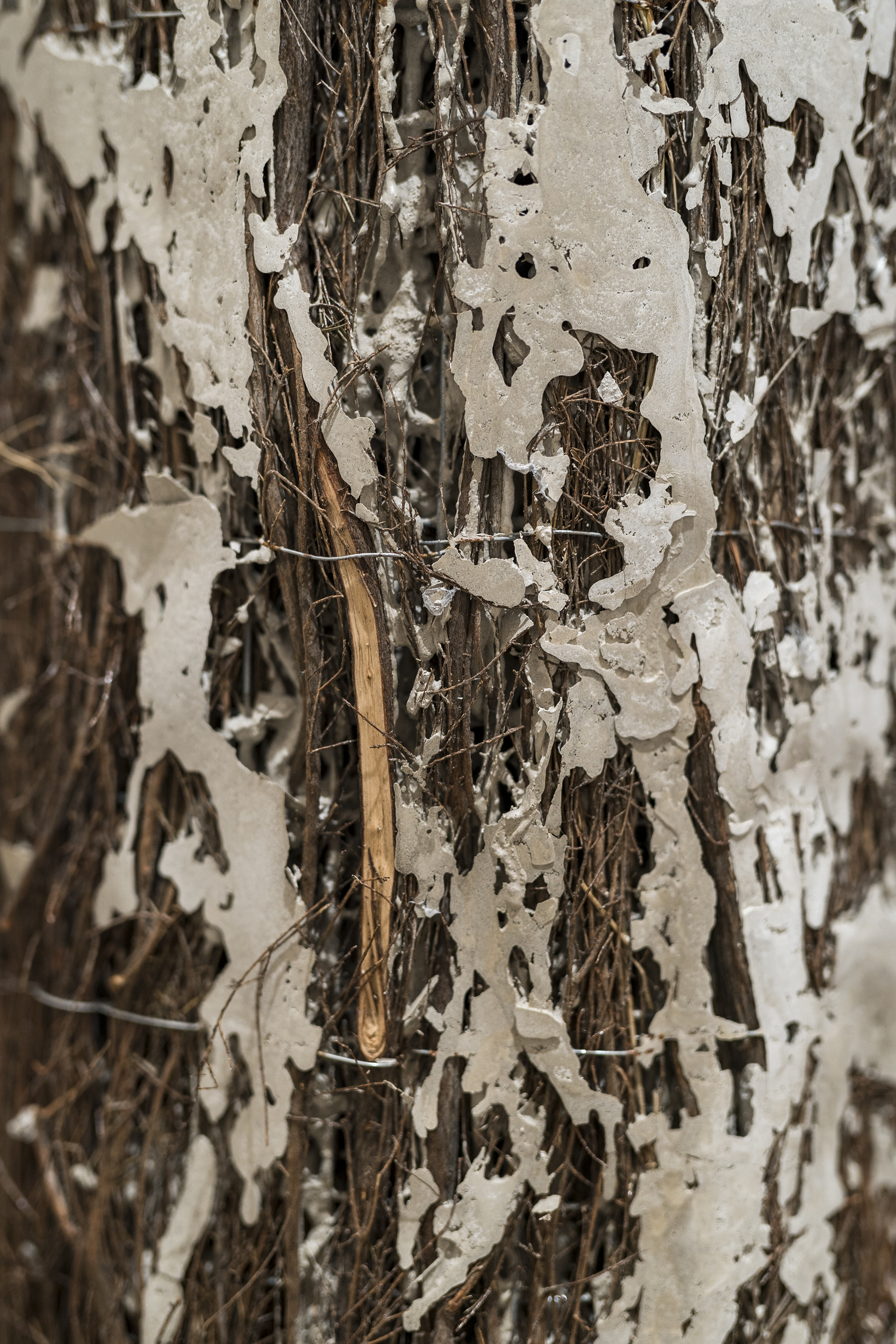
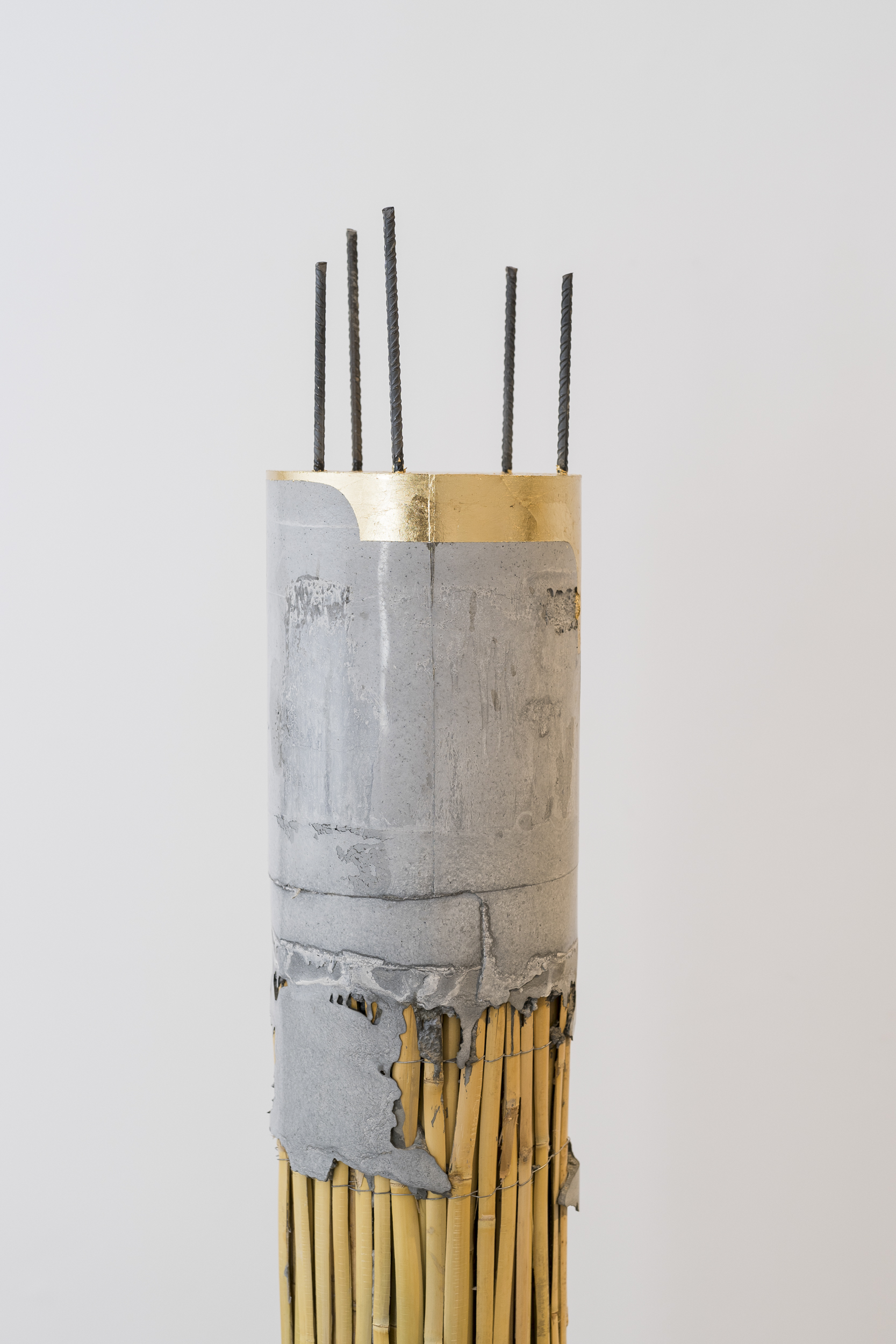
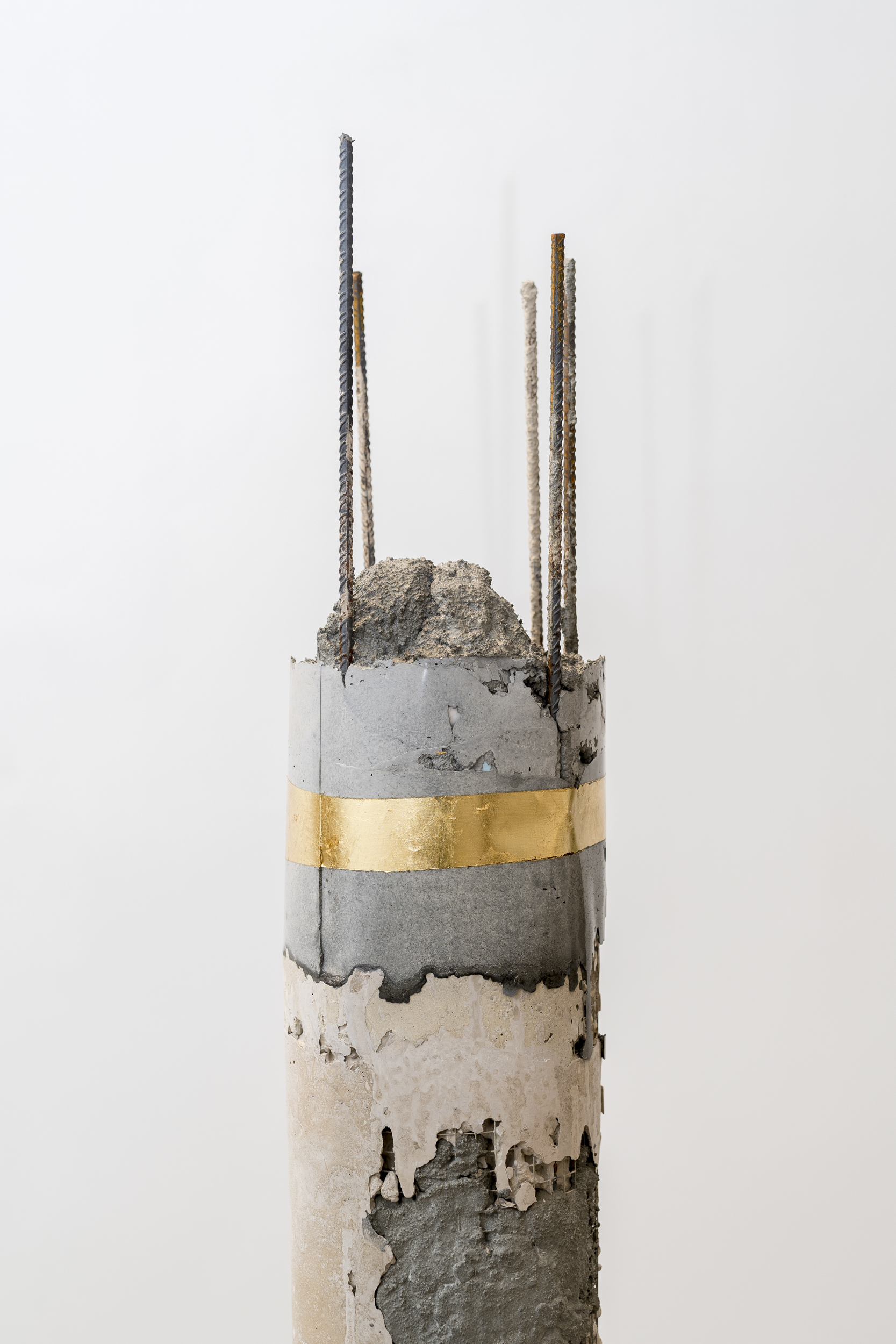
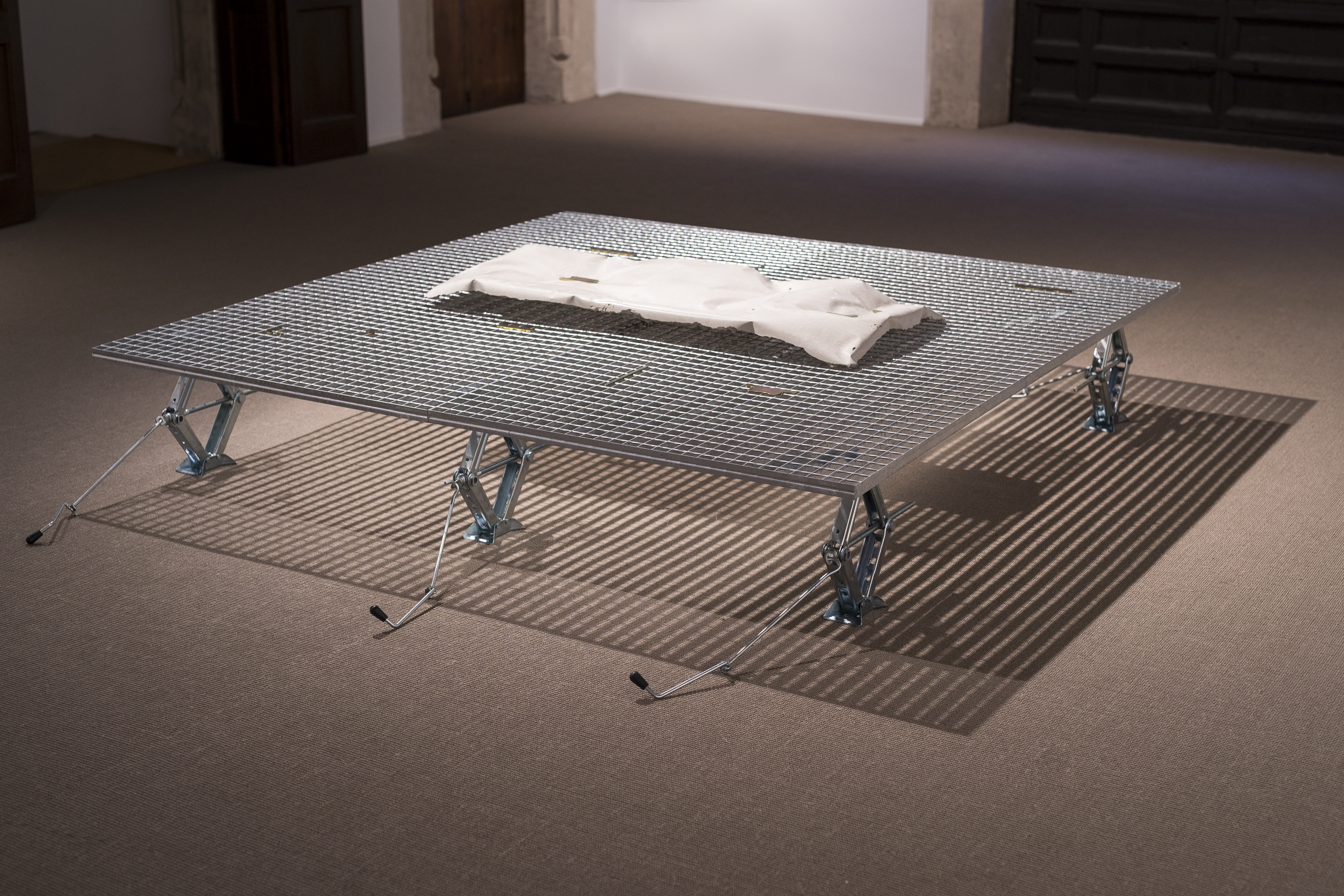
Chão, 2019
concreto e aço
hormigón y acero
concrete and steel
200 x 200 x 40 cm
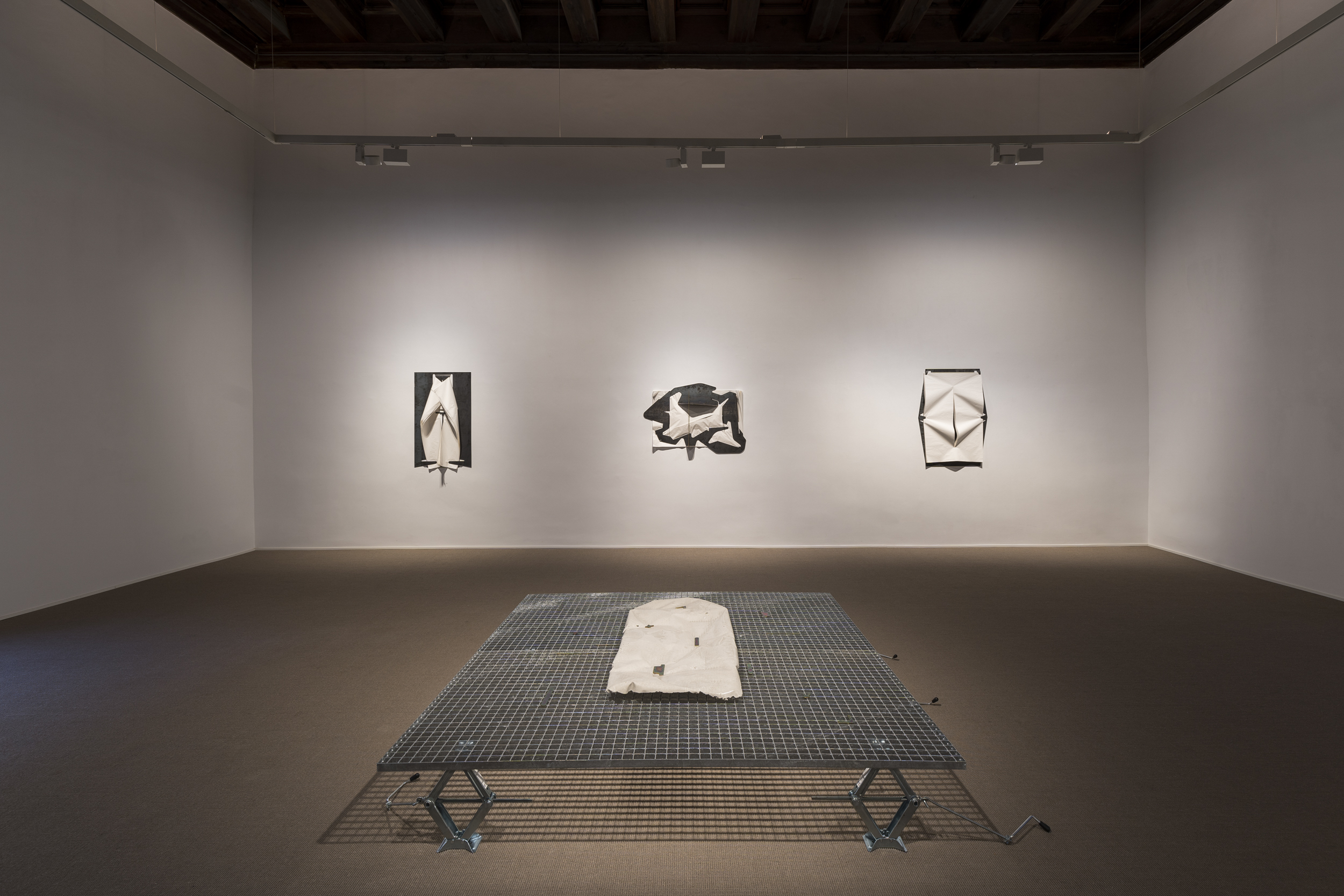
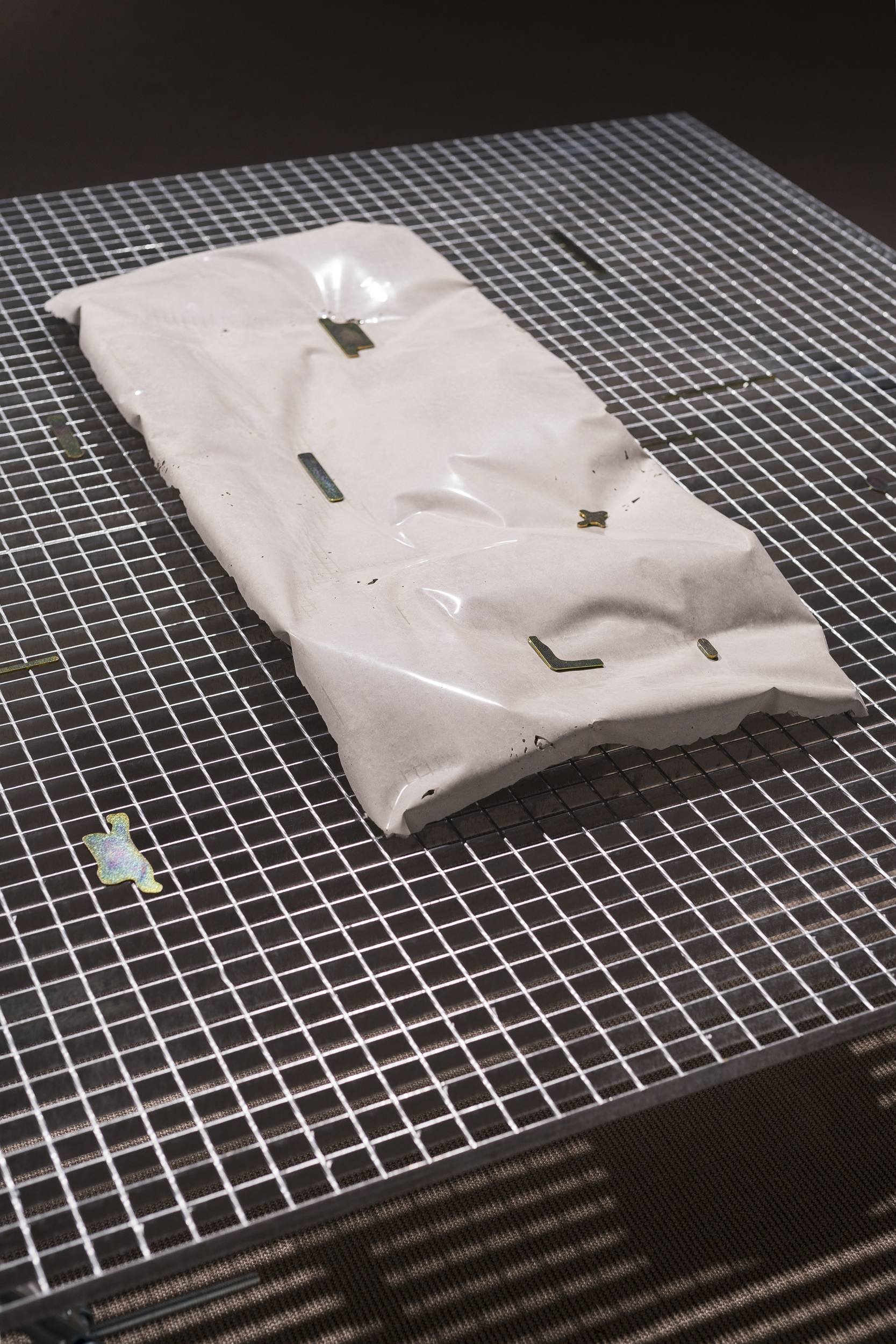
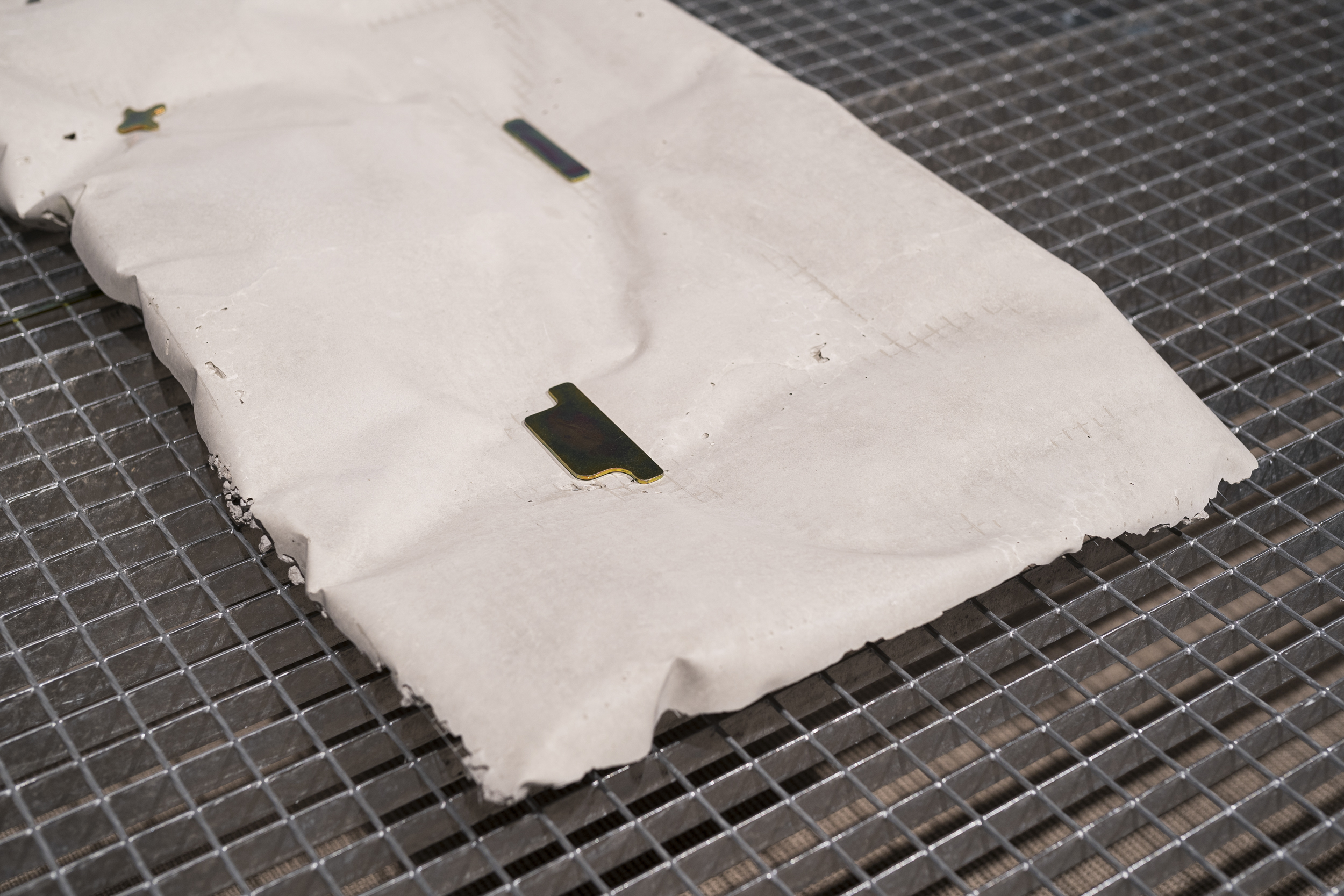
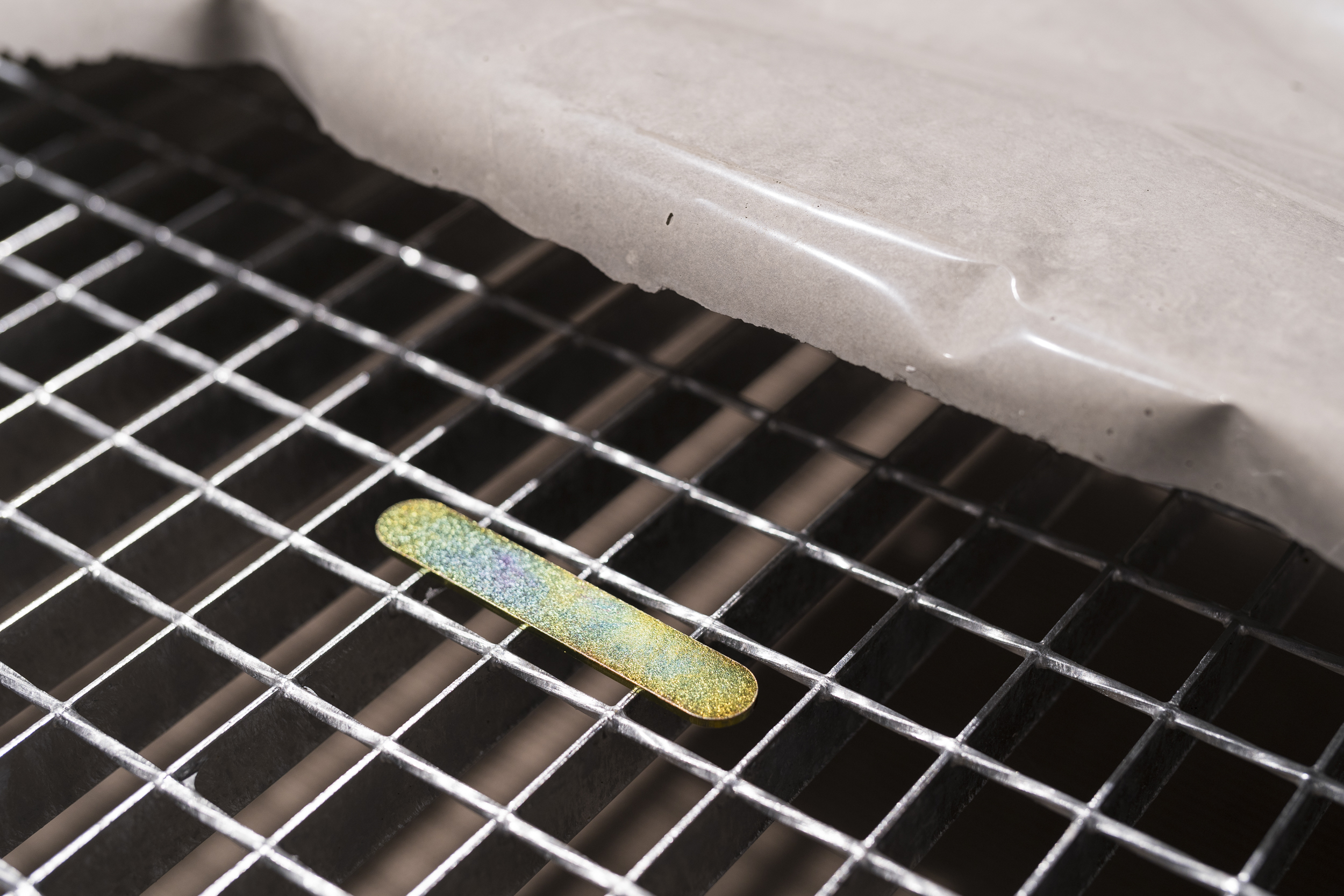
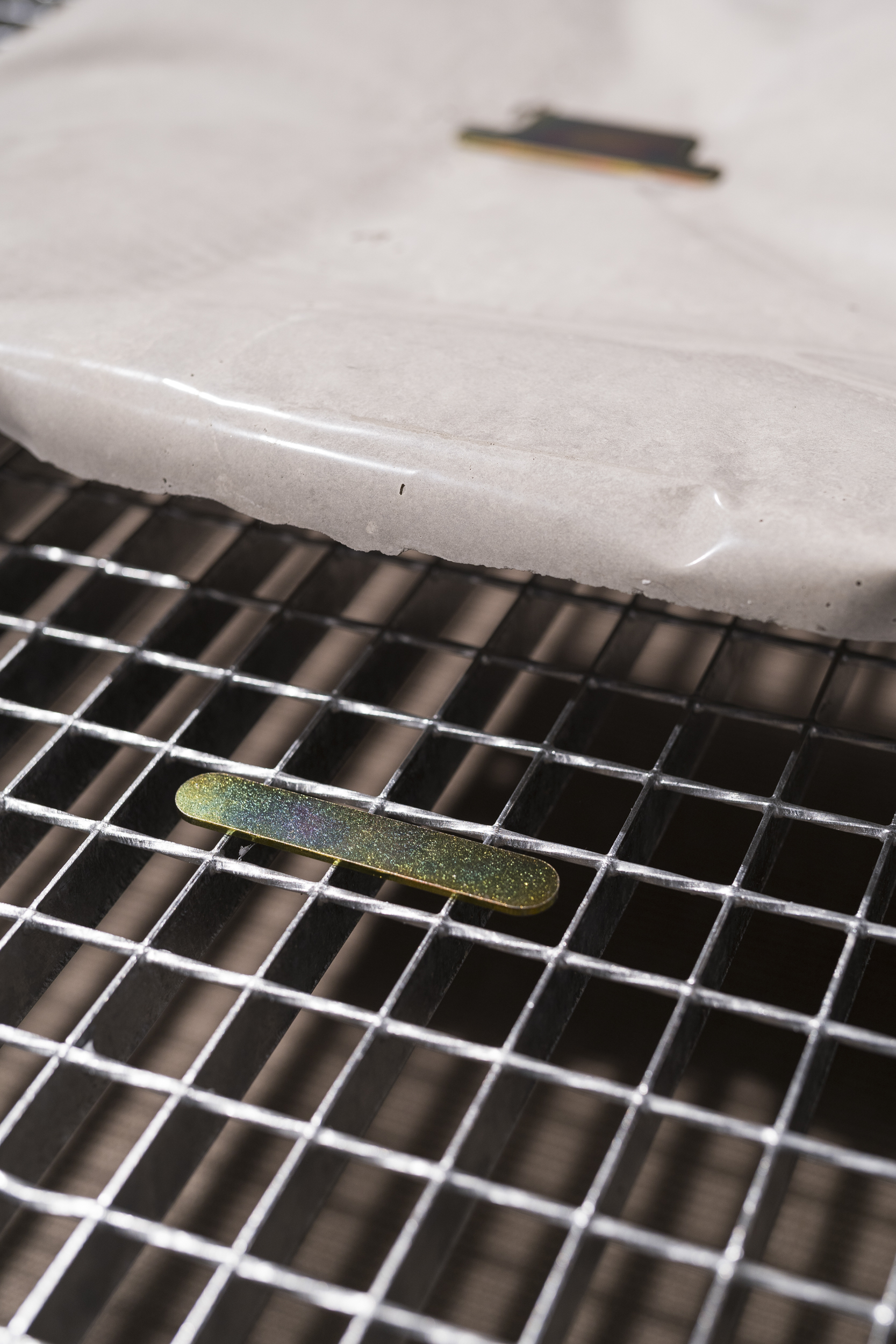
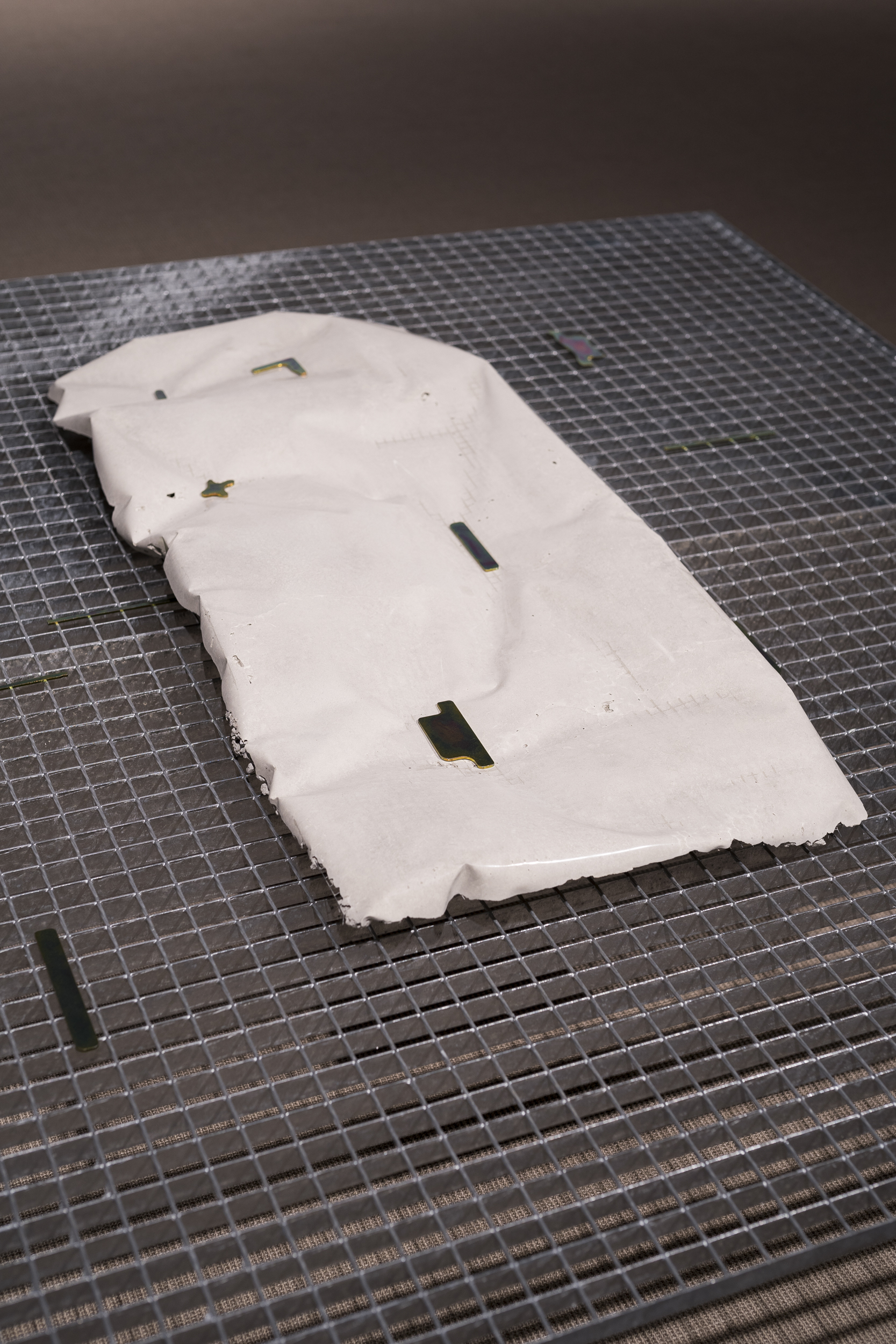

In this exhibition were also shown pieces from desenhos and relevos dissecados series.
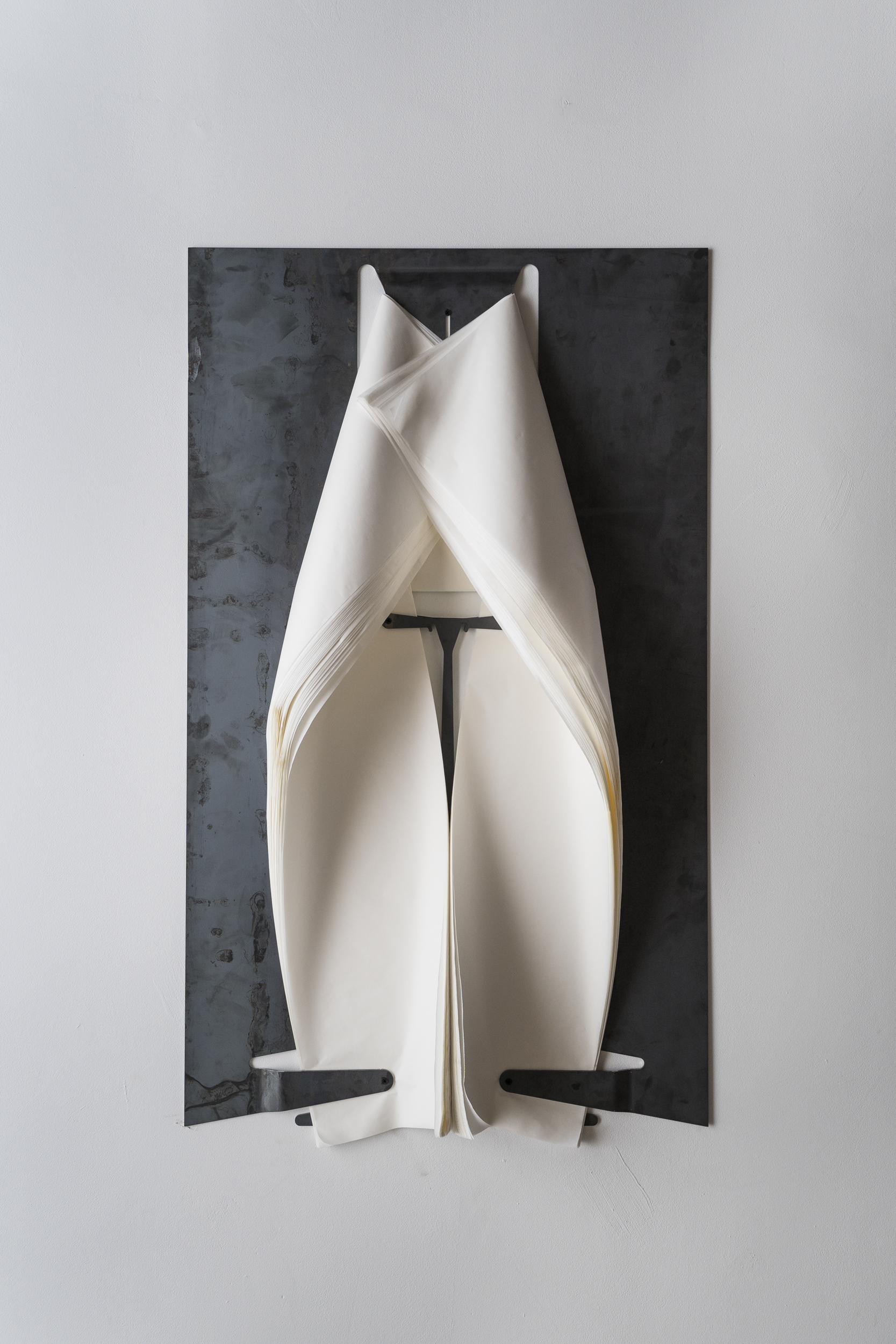
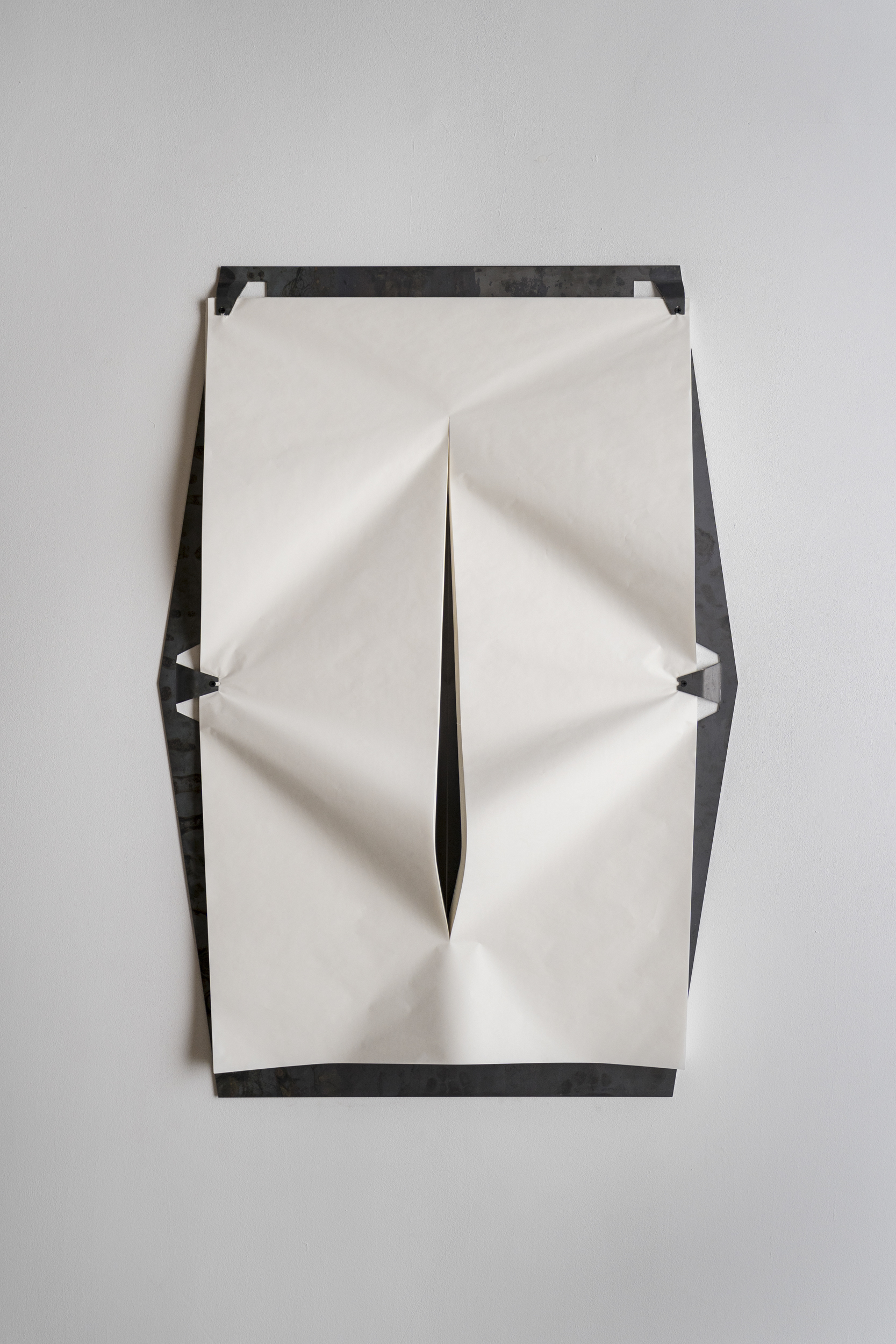

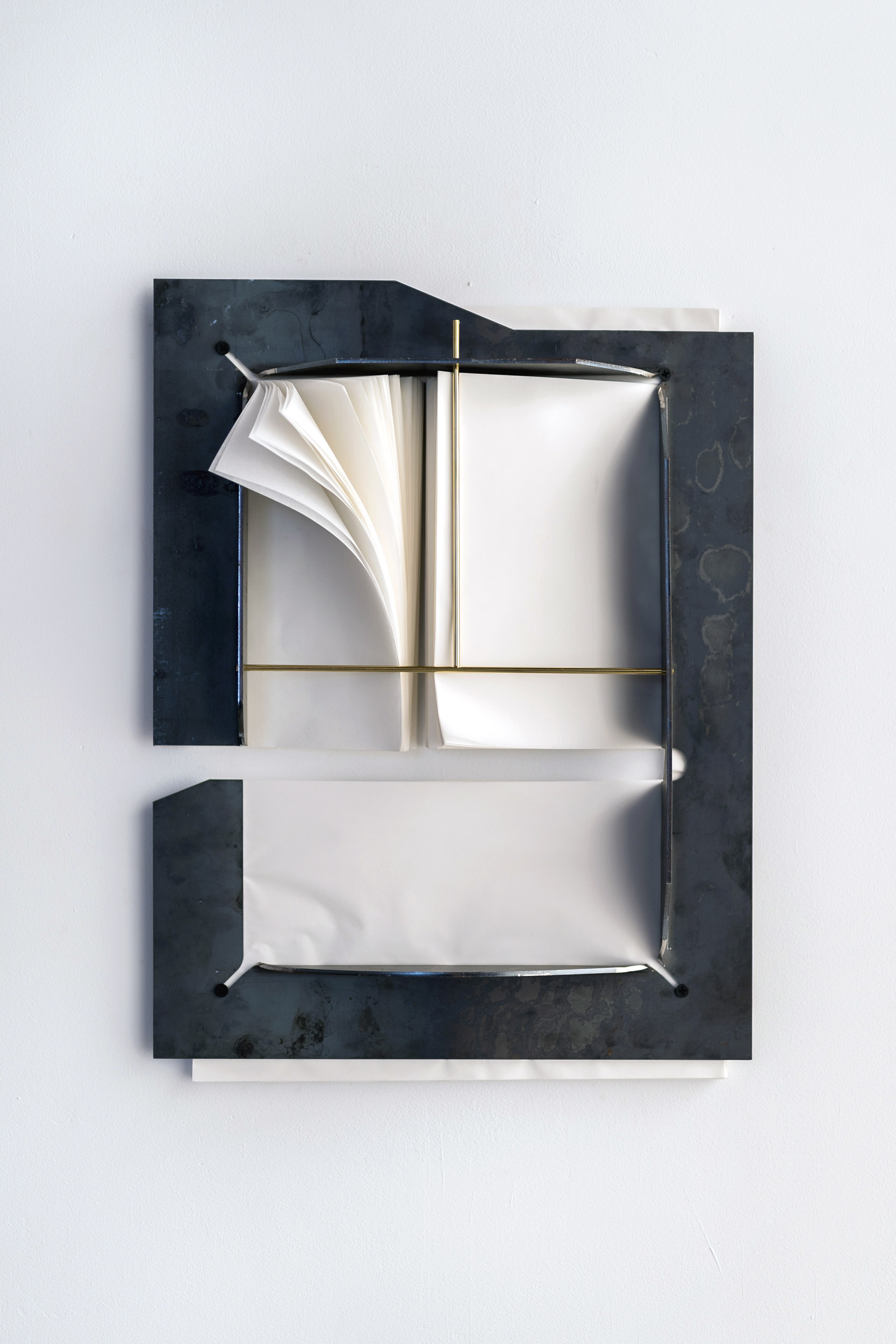
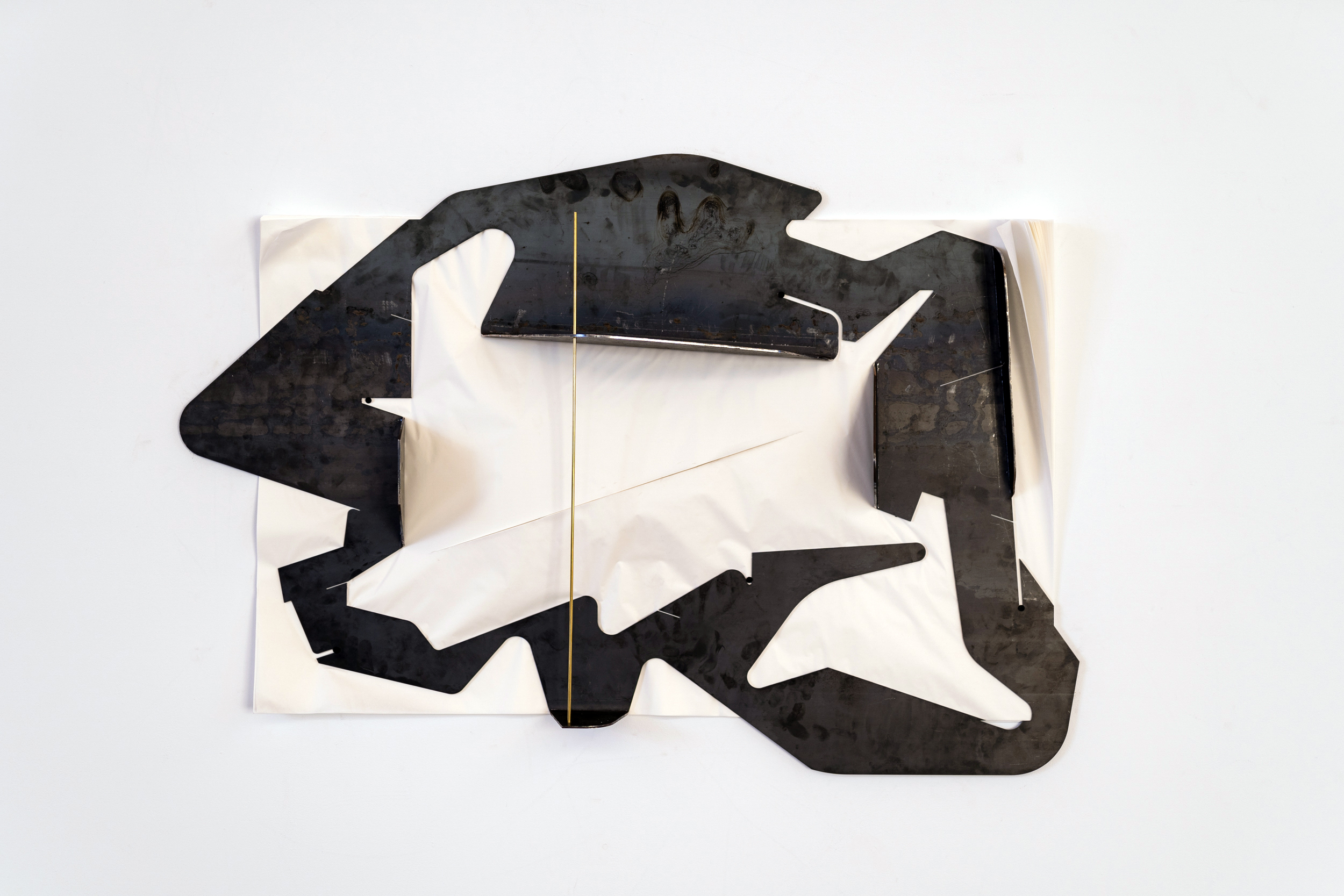
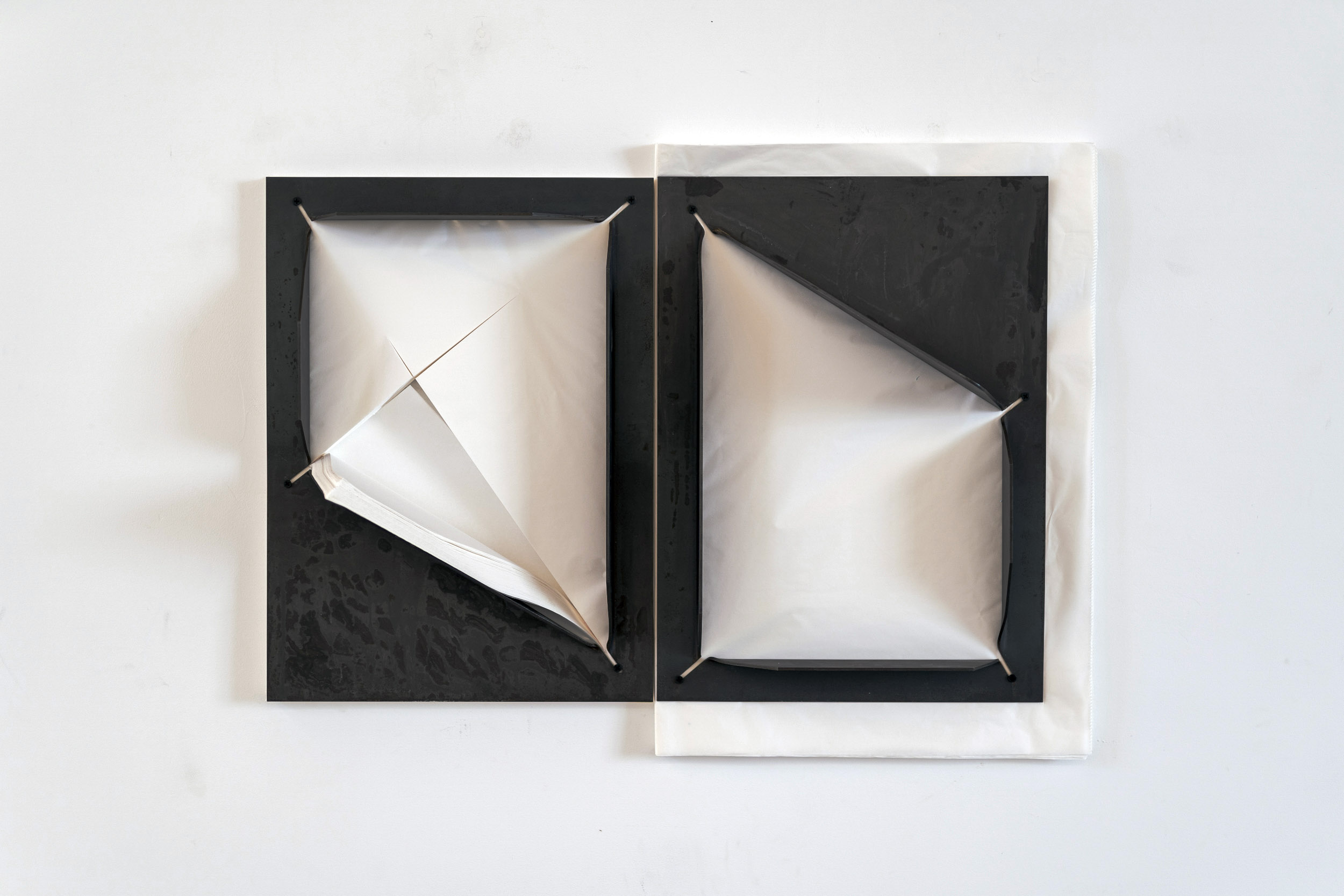
Texto em português
“O ambiente construído é uma coisa, como as pessoas o habitam, outra.” Em Building and Dwelling: Ethics for the City (Construir e morar: ética para a cidade, 2019), Richard Sennet, assim como jà começado em estudo fundamentais como Flesh and Stone (Carne e Pedra, 2017) continua investigando como o corpo interage com a cidade, enfatizando as questões que a essa pertencem por ser base fundamental do desenvolvimento da modernidade e as circunstâncias que definem o presente assim como os limites socioeconômicos da sociedade pós-capitalista.
Em 2007, Mark Fisher escreveu, com ressentimento, que minhas defesas/se tornam barreiras, em um de seus últimos textos sobre o Reino Unido pre-brexit. Já em 1974, Clarice Lispector havia escrito que não haverá lugar para as pessoas, referindo-se a cidade de Brasília. Dois contextos diferentes, a quatro décadas de distancia. As mesmas questões. Construir e morar, ou como interagir com a cidade e conosco em um ambiente altamente complexo.
“Inbound. Travelling towards a particular place, especially when returning to the original point of departure” é um conjunto de obras pensadas pelo artista Brasileiro Lucas Simões especificamente para a Galeria Pelaires. Nele, são abordadas as questões relativas as maneiras de se morar numa ilha, um lugar peculiar e repleto de particularidades, onde o mar é a única barreira e fronteira, esse horizonte impiedoso sobre o qual foi desenhada a cidade, como havia escrito Clarice Lispector sobre Brasília. Desenhar limites, delimitar espaços, habitar lugares, construir experiências. A partir da ideia de que arquitetos e urbanistas são os projetistas do futuro e o conceito do desenho como algo que ainda não foi realizado (destino, traço, risco), Lucas Simões continua explorando em seu trabalho o que foi definido “a natureza afetiva das formas” pelo critico de arte brasileiro Mário Pedrosa, um dos maiores instigadores da arte moderna em seu país.
Dentro desta genealogia, que o conecta a alguns dos mais importantes artistas modernos brasileiros, o trabalho de Simões, assim como já vimos em Ressaca(2018) desafia, poeticamente mas criticamente algumas das ideias de desenvolvimento as quais a sociedade do bem(mau)estar nos levou, noções sobre os limites e as fronteiras dentro de nossas próprias cidades.
Inbound pode ser considerado como contraponto a este trabalho. Nesta instalação site-specific,, uma floresta de colunas e pilares realizados com elementos de isolamento (como cercas, barreiras, grades) são unidos ao concreto para criar um novo ambiente, um lugar de experiência temporária, uma topologia que é impossível definir como casa. Mero passadouro. Um espaço a ser atravessado. Uma visão sobre a ilha onde, como escrevia Chillida em relação a escultura, tudo cresce, vibra e se encaixa.
Foram realizados outros trabalhos relacionados a esta instalação, como Chão (2019), uma obra de piso que aborda a questão da estratificação, esse lugar firme sobre o qual se constrói a vida e a experiência. O móvel sobre o fixo, o que muda sobre o que sempre permanece. A vida futura sobre o passado que ainda vive sob nossos pés.
O papel, visto como um lugar fictício onde se forma o futuro, e as construções futuras são desenhadas, volta mais uma vez no trabalho de Simões, porém não como contraponto ao concreto, assim como acontecia em trabalho como Abismos: desta vez são outros os materiais que constroem seus Relevos Dissecados (2019), peças de parede com claras referencias a topografia, a erosão, aos cortes no terreno e mais uma vez, aos limites e fronteiras que demarcam o que já não é de todos.
Inbound. O papel como lugar de desenho, de projeto, de esboço, de dobra. Inbound. O concreto como a realidade construída do que antes era apenas possiblidade. Inbound, a possibilidade de uma ilha. A possibilidade de uma cidade. Como escreve Sennet, a possibilidade de “como queremos viver coletivamente”. A emergência frente ao isolamento de uma nova coletividade.
1- Sennett, Richard; "Building and Dwelling: Ethics for the City" Farrar, Straus and Giroux, 2018
2- Fisher, Mark; “Ghosts of My Life: Writings on Depression, Hauntology and Lost Futures” ; Zero Books, 2014
3- Lispector, Clarice; “Complete Stories”; New Directions, 2018
4- Oxford Dictionary of English; p882 - 3rd Edition, 2010 - Oxford University Pres
5- Rocafort, Nacho Fernández; “Eduardo Chillida, Escritos”; La Fábrica, 2019
“O ambiente construído é uma coisa, como as pessoas o habitam, outra.” Em Building and Dwelling: Ethics for the City (Construir e morar: ética para a cidade, 2019), Richard Sennet, assim como jà começado em estudo fundamentais como Flesh and Stone (Carne e Pedra, 2017) continua investigando como o corpo interage com a cidade, enfatizando as questões que a essa pertencem por ser base fundamental do desenvolvimento da modernidade e as circunstâncias que definem o presente assim como os limites socioeconômicos da sociedade pós-capitalista.
Em 2007, Mark Fisher escreveu, com ressentimento, que minhas defesas/se tornam barreiras, em um de seus últimos textos sobre o Reino Unido pre-brexit. Já em 1974, Clarice Lispector havia escrito que não haverá lugar para as pessoas, referindo-se a cidade de Brasília. Dois contextos diferentes, a quatro décadas de distancia. As mesmas questões. Construir e morar, ou como interagir com a cidade e conosco em um ambiente altamente complexo.
“Inbound. Travelling towards a particular place, especially when returning to the original point of departure” é um conjunto de obras pensadas pelo artista Brasileiro Lucas Simões especificamente para a Galeria Pelaires. Nele, são abordadas as questões relativas as maneiras de se morar numa ilha, um lugar peculiar e repleto de particularidades, onde o mar é a única barreira e fronteira, esse horizonte impiedoso sobre o qual foi desenhada a cidade, como havia escrito Clarice Lispector sobre Brasília. Desenhar limites, delimitar espaços, habitar lugares, construir experiências. A partir da ideia de que arquitetos e urbanistas são os projetistas do futuro e o conceito do desenho como algo que ainda não foi realizado (destino, traço, risco), Lucas Simões continua explorando em seu trabalho o que foi definido “a natureza afetiva das formas” pelo critico de arte brasileiro Mário Pedrosa, um dos maiores instigadores da arte moderna em seu país.
Dentro desta genealogia, que o conecta a alguns dos mais importantes artistas modernos brasileiros, o trabalho de Simões, assim como já vimos em Ressaca(2018) desafia, poeticamente mas criticamente algumas das ideias de desenvolvimento as quais a sociedade do bem(mau)estar nos levou, noções sobre os limites e as fronteiras dentro de nossas próprias cidades.
Inbound pode ser considerado como contraponto a este trabalho. Nesta instalação site-specific,, uma floresta de colunas e pilares realizados com elementos de isolamento (como cercas, barreiras, grades) são unidos ao concreto para criar um novo ambiente, um lugar de experiência temporária, uma topologia que é impossível definir como casa. Mero passadouro. Um espaço a ser atravessado. Uma visão sobre a ilha onde, como escrevia Chillida em relação a escultura, tudo cresce, vibra e se encaixa.
Foram realizados outros trabalhos relacionados a esta instalação, como Chão (2019), uma obra de piso que aborda a questão da estratificação, esse lugar firme sobre o qual se constrói a vida e a experiência. O móvel sobre o fixo, o que muda sobre o que sempre permanece. A vida futura sobre o passado que ainda vive sob nossos pés.
O papel, visto como um lugar fictício onde se forma o futuro, e as construções futuras são desenhadas, volta mais uma vez no trabalho de Simões, porém não como contraponto ao concreto, assim como acontecia em trabalho como Abismos: desta vez são outros os materiais que constroem seus Relevos Dissecados (2019), peças de parede com claras referencias a topografia, a erosão, aos cortes no terreno e mais uma vez, aos limites e fronteiras que demarcam o que já não é de todos.
Inbound. O papel como lugar de desenho, de projeto, de esboço, de dobra. Inbound. O concreto como a realidade construída do que antes era apenas possiblidade. Inbound, a possibilidade de uma ilha. A possibilidade de uma cidade. Como escreve Sennet, a possibilidade de “como queremos viver coletivamente”. A emergência frente ao isolamento de uma nova coletividade.
1- Sennett, Richard; "Building and Dwelling: Ethics for the City" Farrar, Straus and Giroux, 2018
2- Fisher, Mark; “Ghosts of My Life: Writings on Depression, Hauntology and Lost Futures” ; Zero Books, 2014
3- Lispector, Clarice; “Complete Stories”; New Directions, 2018
4- Oxford Dictionary of English; p882 - 3rd Edition, 2010 - Oxford University Pres
5- Rocafort, Nacho Fernández; “Eduardo Chillida, Escritos”; La Fábrica, 2019
